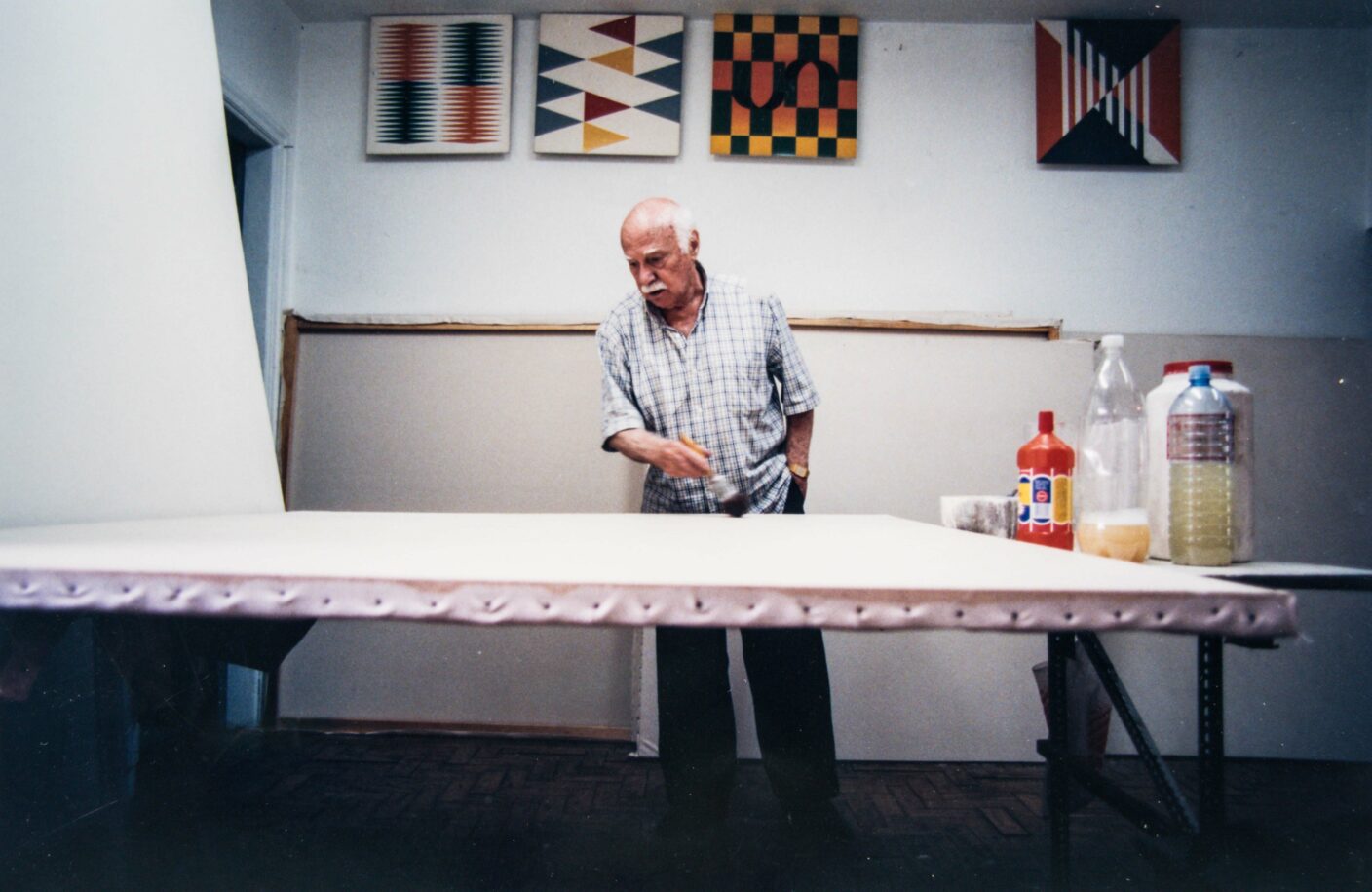
Hermelindo Fiaminghi was a multiple artist with an intense presence in the cultural scene of São Paulo. Their various professional experiences mutually influenced their imagery research. Even though he was one of the protagonists of the São Paulo concrete group, Fiaminghi devoted most of his career, from 1960 to 1990, to investigating the use of color. He names this important part of his production by the term Corluz, sometimes opting for the use of photolithotic grids and offset in CMYK, sometimes for the use of tempering.
Born in São Paulo in 1920, Fiaminghi attended the Lyceum of Arts and Crafts in São Paulo between 1936 and 1941, where he studied painting with Waldemar da Costa. During the same period, he studied graphic arts, dedicating himself for a long time to lithography and working in the main graphic industries in São Paulo. In 1946, he opened Graphstudio, his graphic production office, which led him to work in the advertising area. It was in the following decade that his production as a painter began to take shape. In the mid-1950s, Fiaminghi joined the group of concrete artists from São Paulo coordinated by Waldemar Cordeiro, actively participating in the 1st National Exhibition of Concrete Art, contributing to poem-poster projects by great concrete poets, such as Haroldo de Campos and Décio Pignatari and acting in the graphic production of Noigandres magazine. The works, which present little variety of colors at that moment, create a visual rhythm and work with the suggestion of displacement of geometrized figures. Afterwards, the artist participated in the creation of the Ateliê Coletivo do Brás and developed the Virtuais series. Between 1959 and 1966, Fiaminghi frequented Volpi’s studio, deepening his tempera painting technique and increasingly exploring the transparency of colors. In 1963, he co-founded the Associação de Artes Visuais and the Galeria Novas Tendências, in São Paulo, and six years later, he founded the Ateliê Livre de Artes Plásticas, in São José dos Campos, of which he was director and professor. In the 1980s, his brushstroke definitely moved away from concrete rigidity: in the series Desretratos and Despaisagens, the artist presents freer gestures, which reveal color as a floating surface.
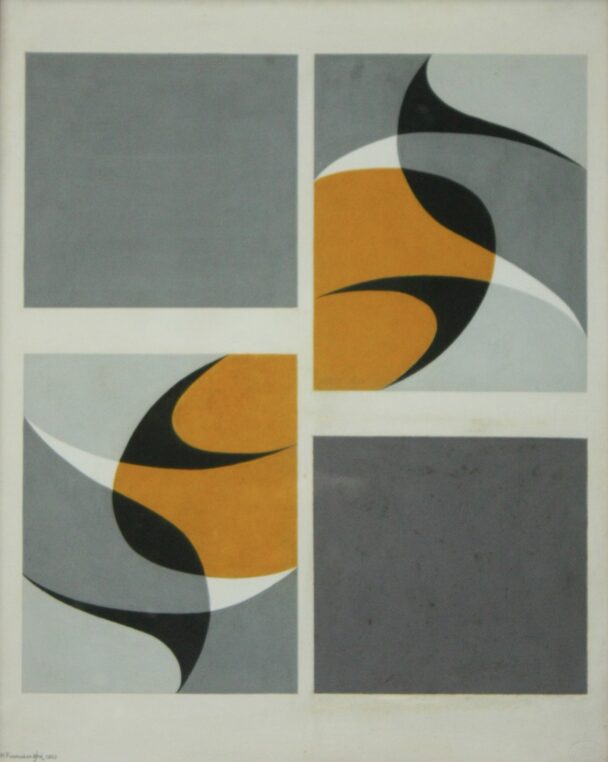
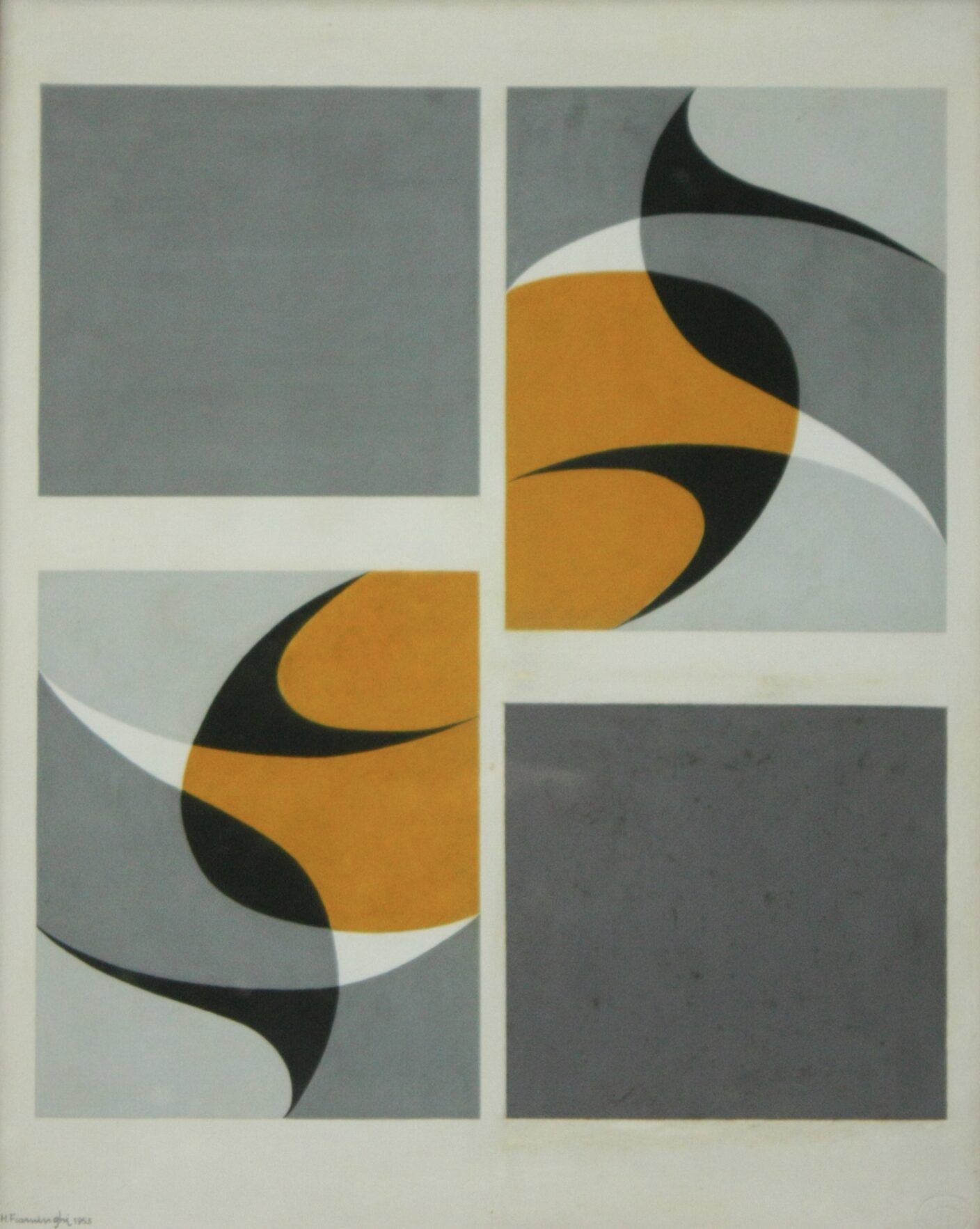
Sequência de curvas
1953
Tempera on plasterboard
60 × 50 cm

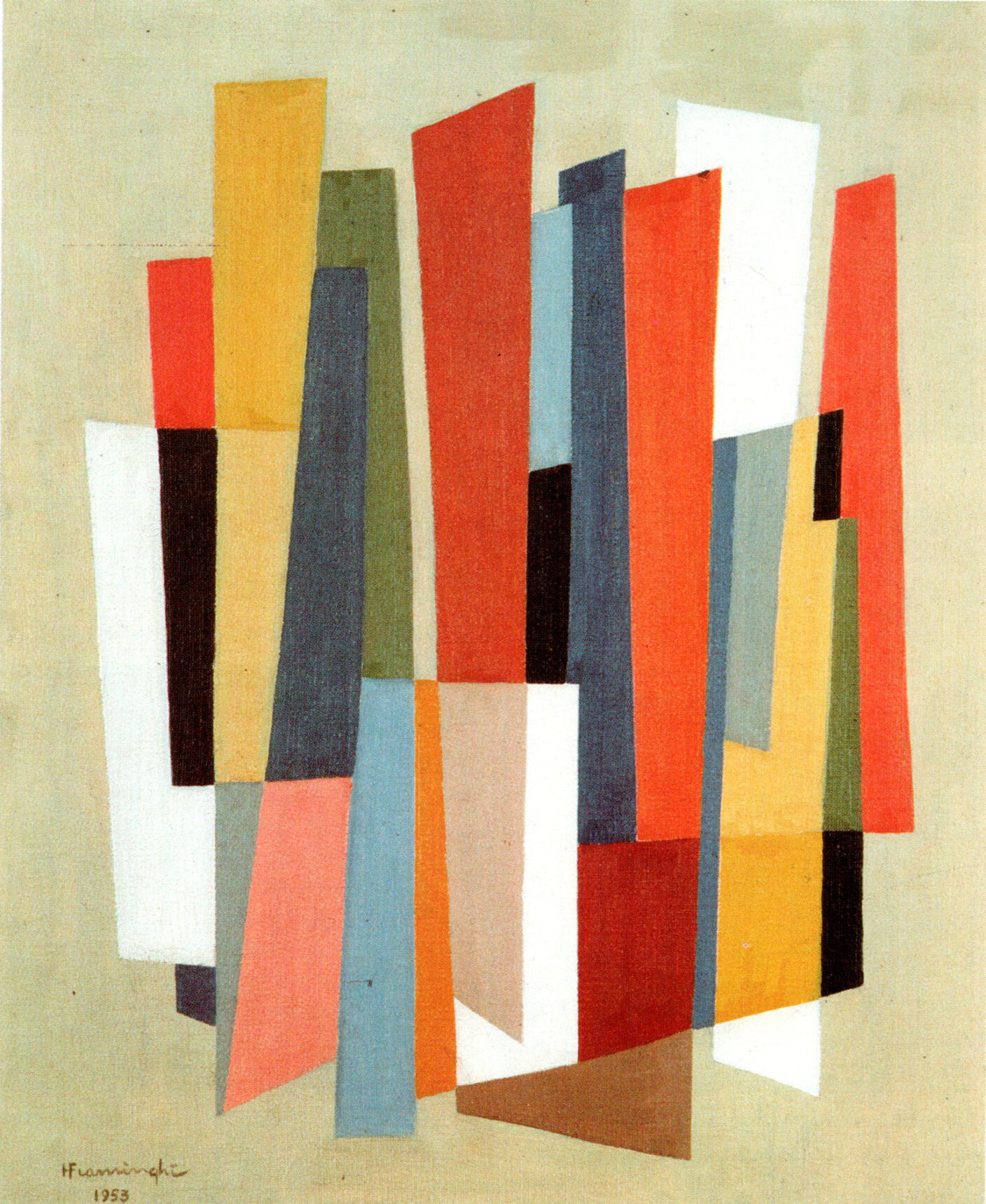
Composição vertical
1953
Óleo sobre tela
45 × 37 cm
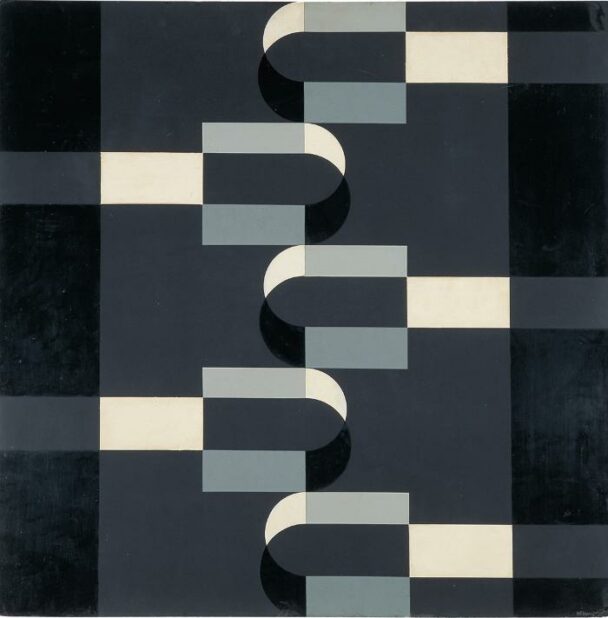

Elevação Vertical com Movimento Horizontal
1955
Esmalte sobre eucatex
60 × 60 cm
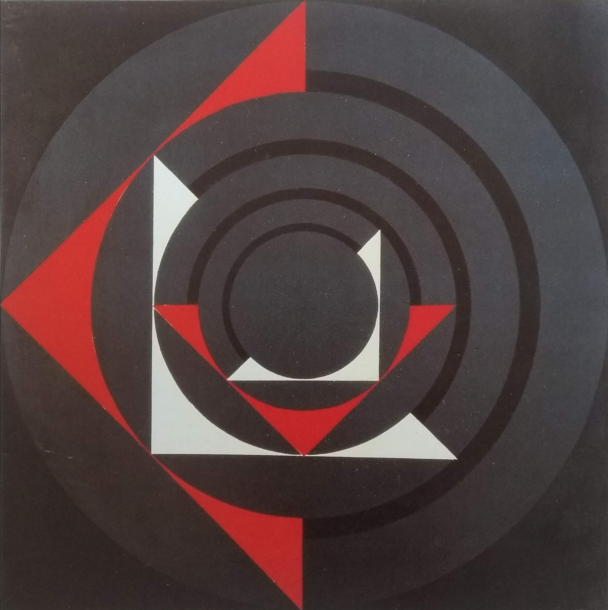
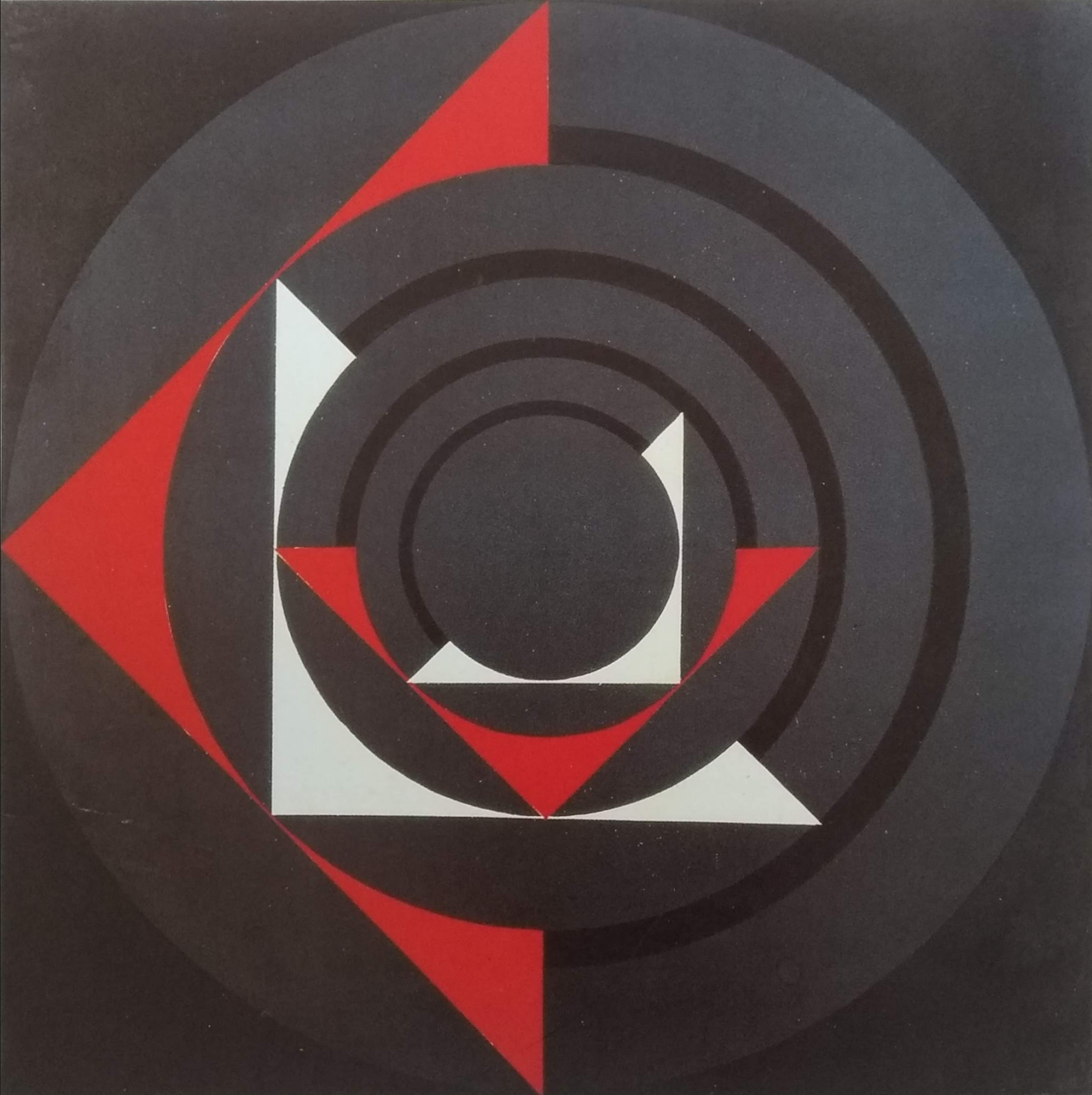
Long Play
1955
Esmalte sobre eucatex
50 × 50 cm

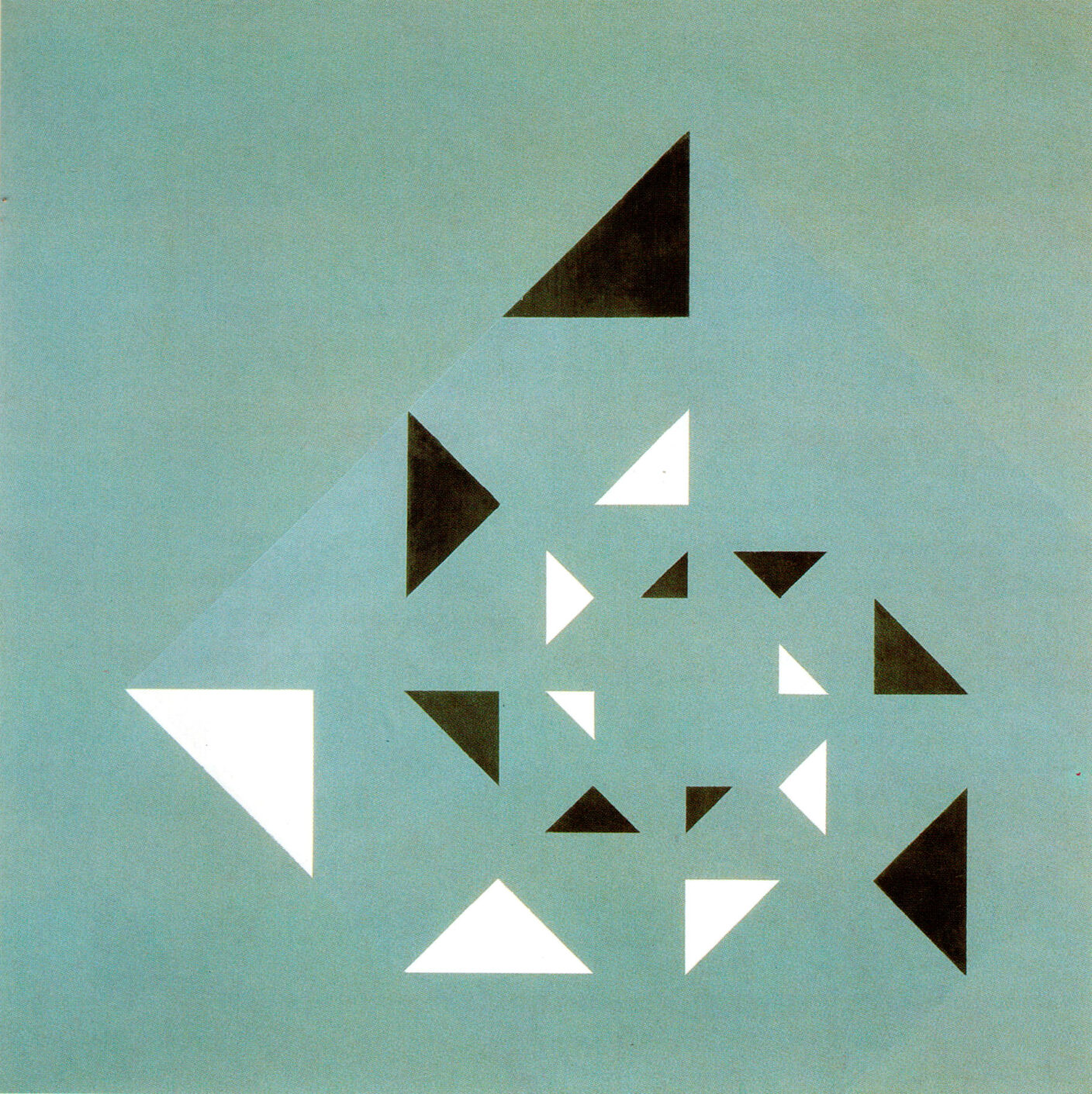
Triângulos com Movimento Espiral
1956
Esmalte sobre eucatex
60 × 60 cm


Triângulos com Movimento Diagonal
1956
Esmalte sobre eucatex
60 × 60 cm
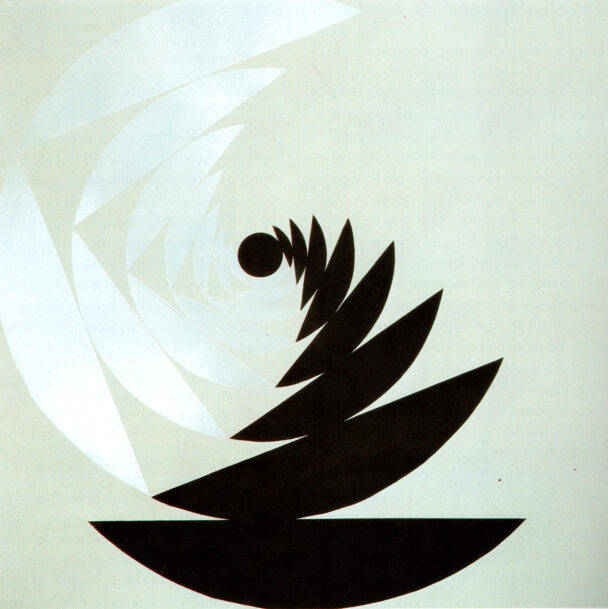
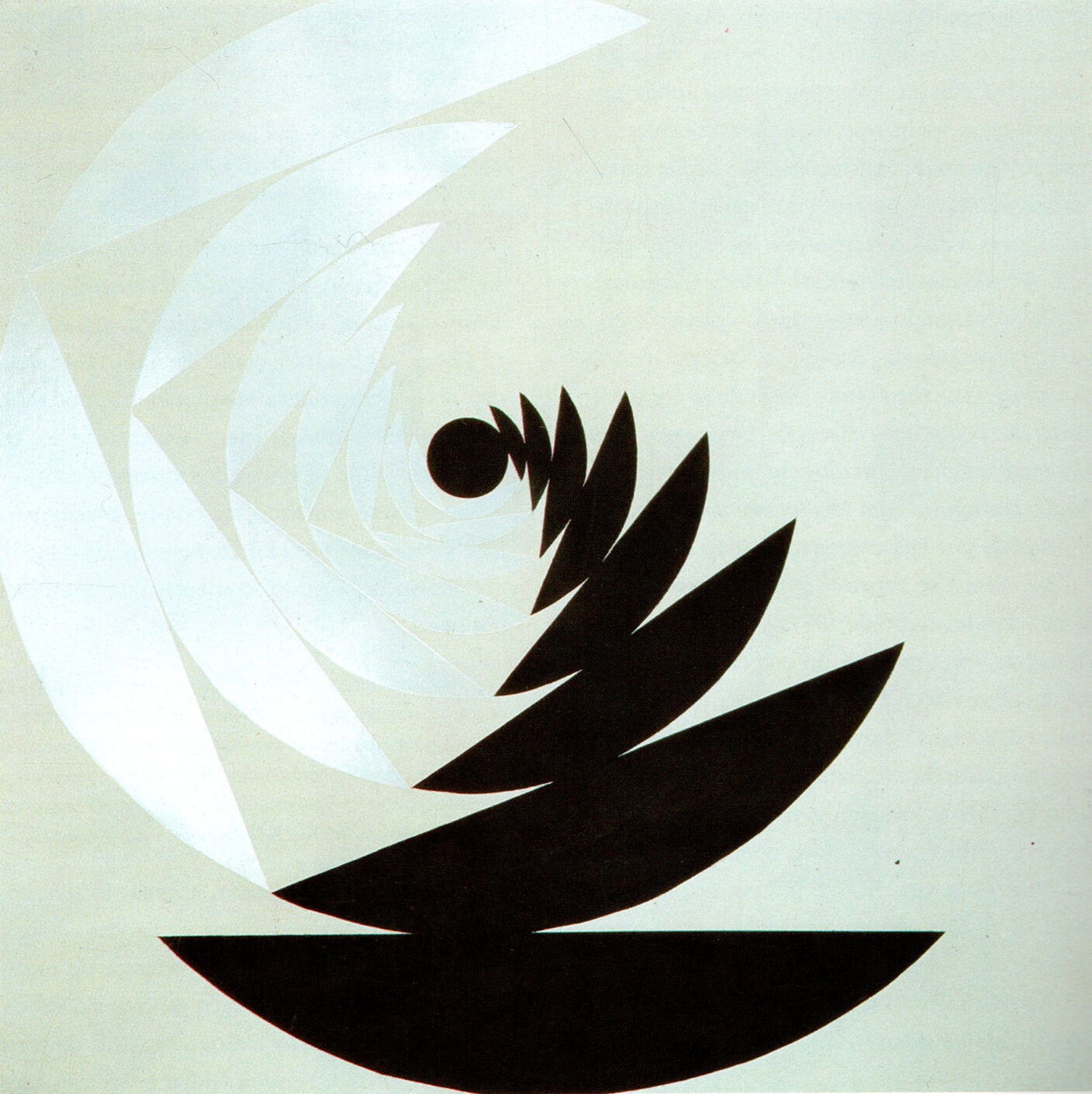
Círculo com Movimento Alternado
1956
Esmalte sobre eucatex
60 × 60 cm
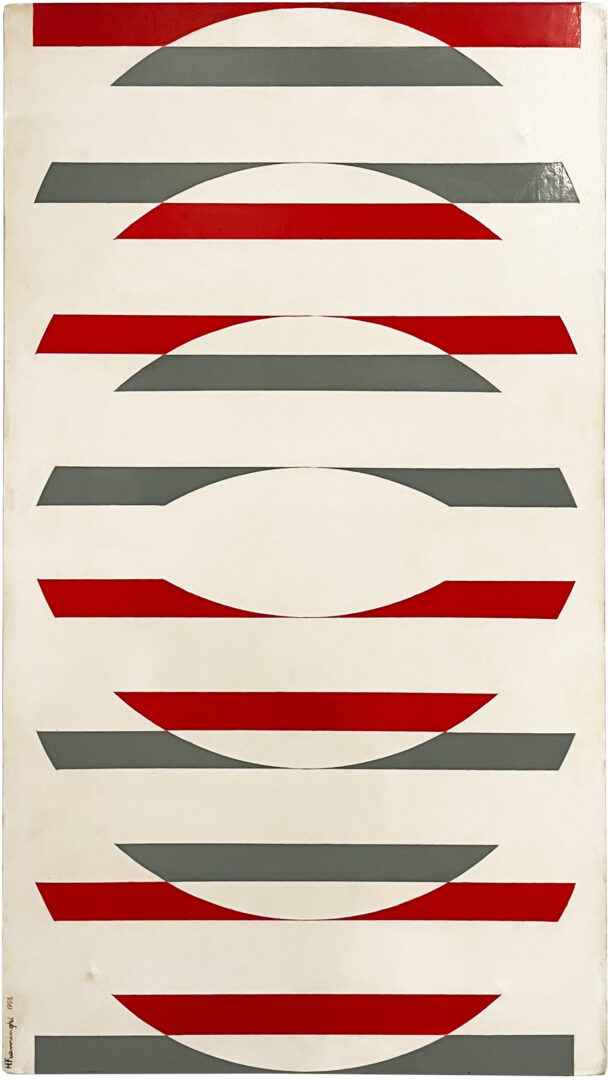
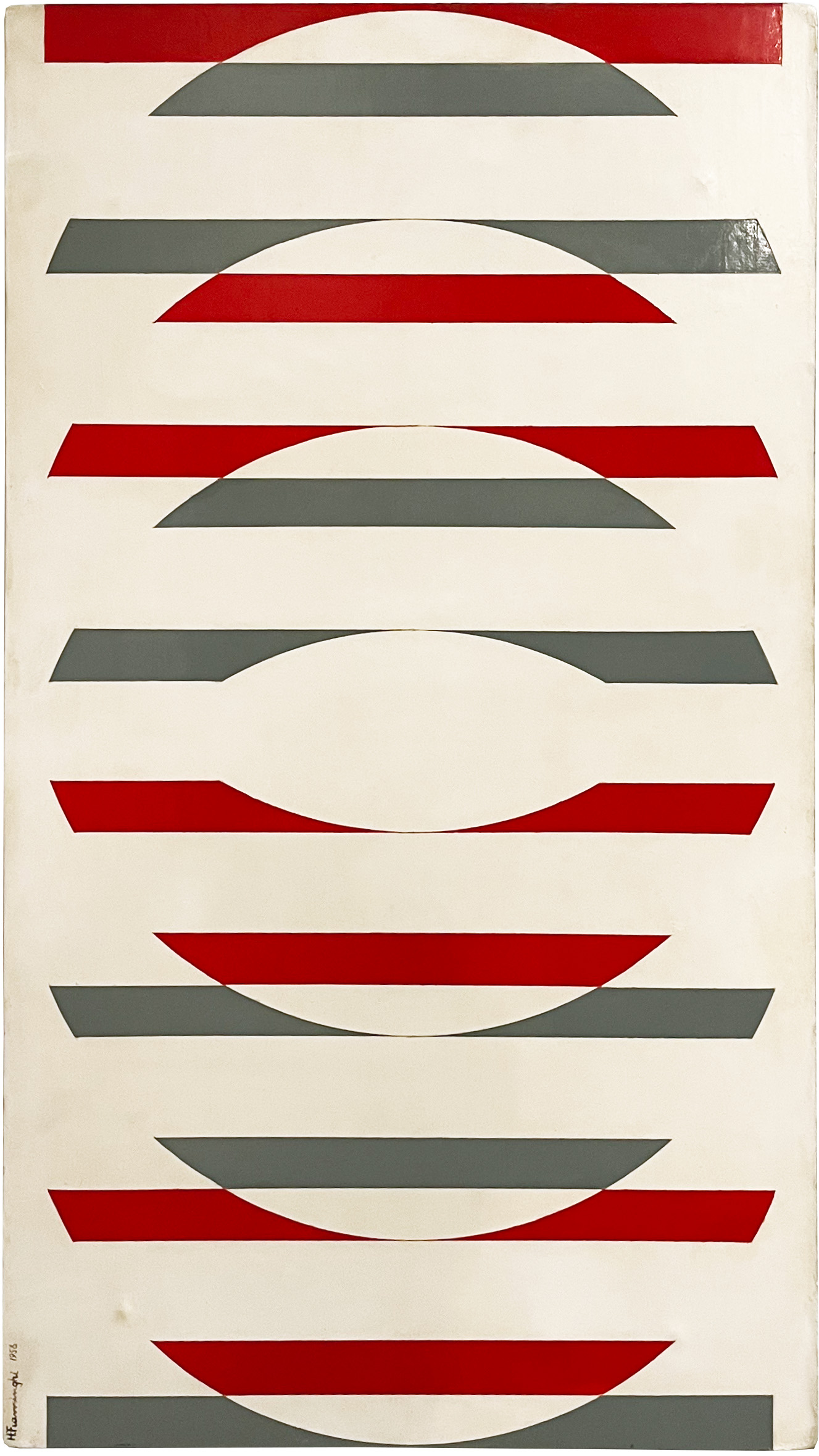
Círculos Concêntricos e Alternados
1958
Esmalte sobre eucatex
60 × 35 cm


Retículo corluz
1970
Tempera on canvas
70 × 70 cm
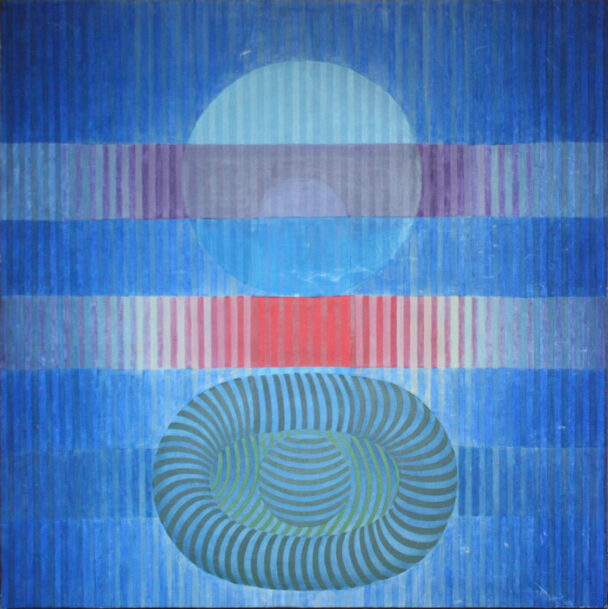
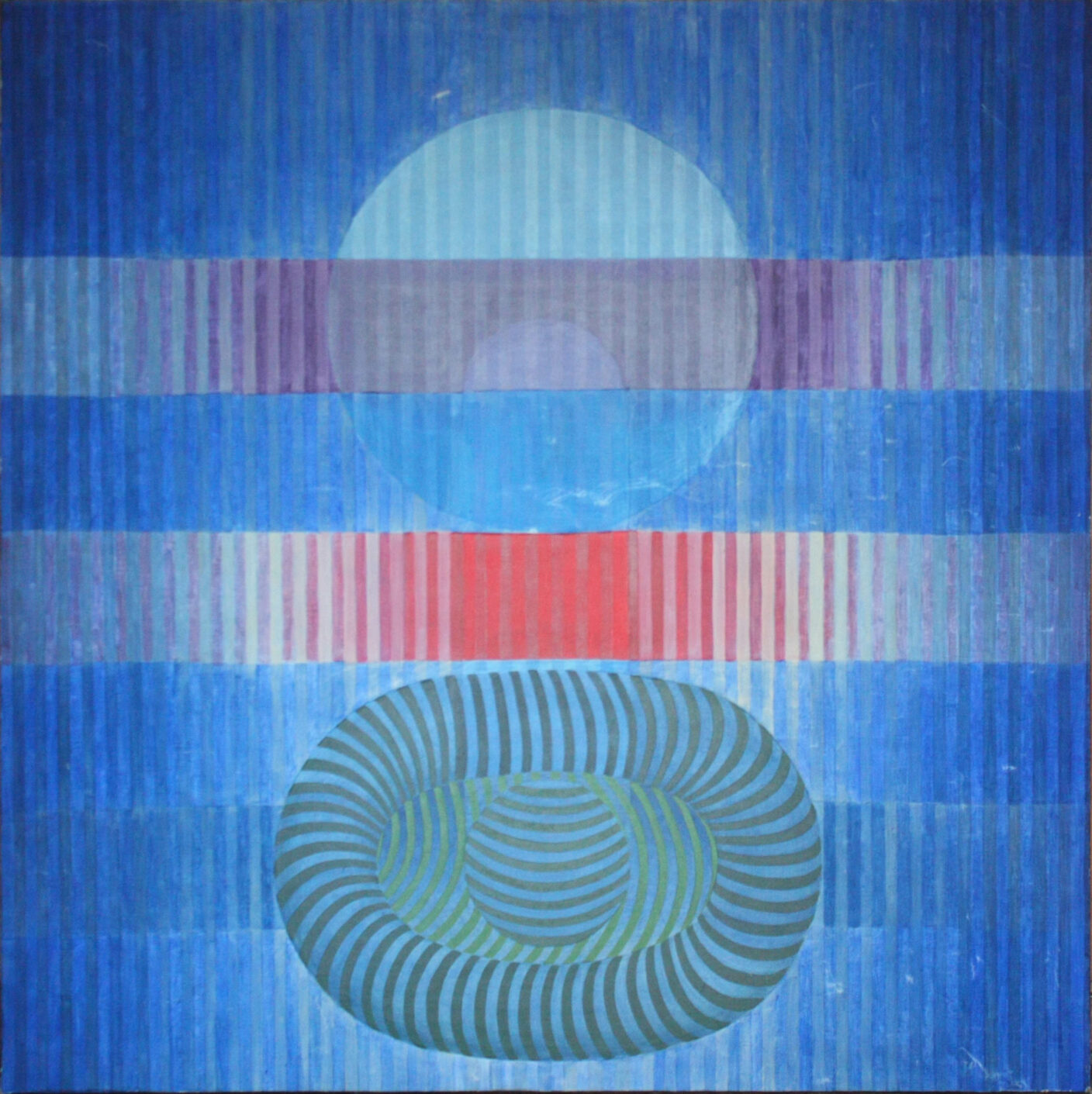
Alternado II
1971
Oil on canvas
130 × 130 cm
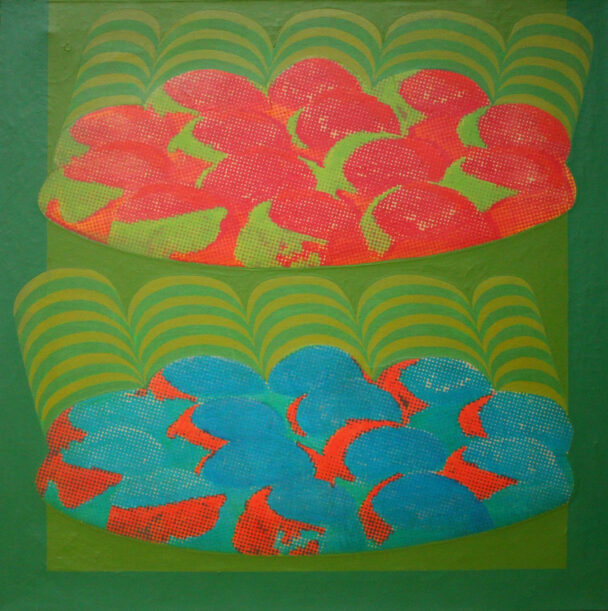
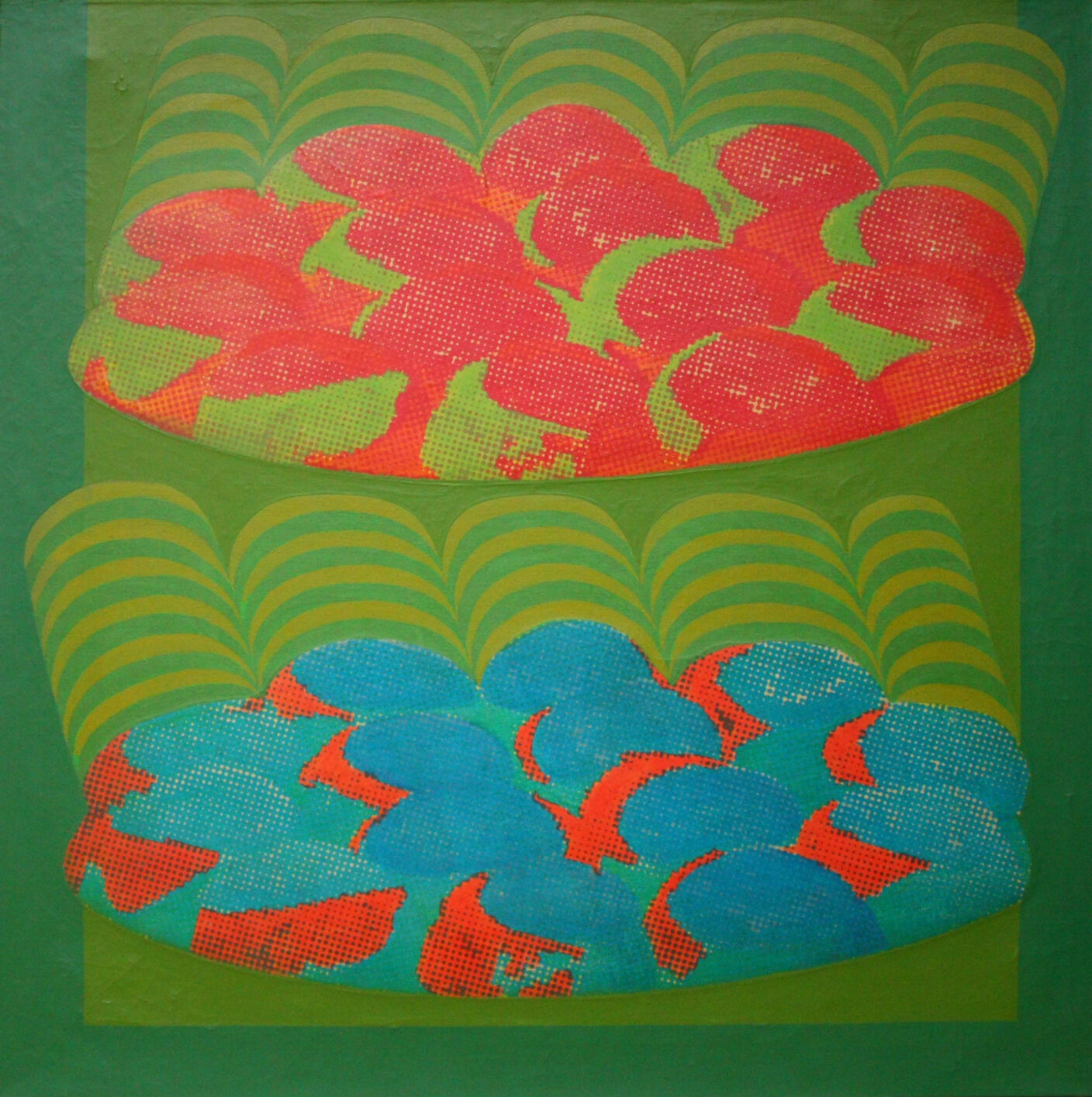
Estamos Fritos / Modulado71
1971
Offset and tempera on canv
100 × 100 cm
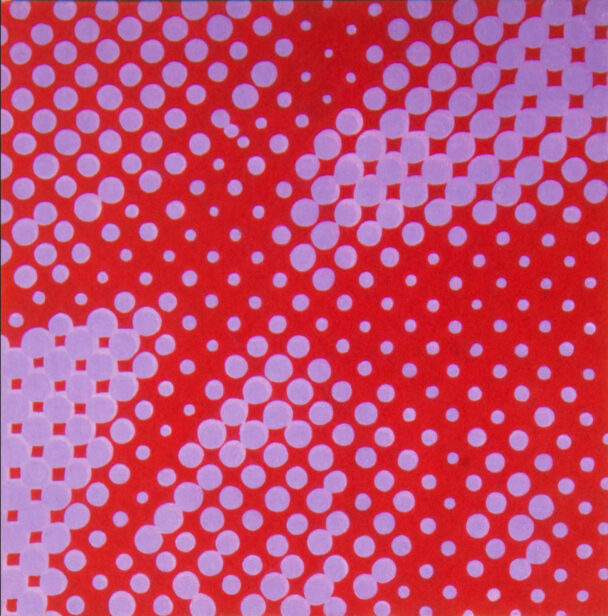
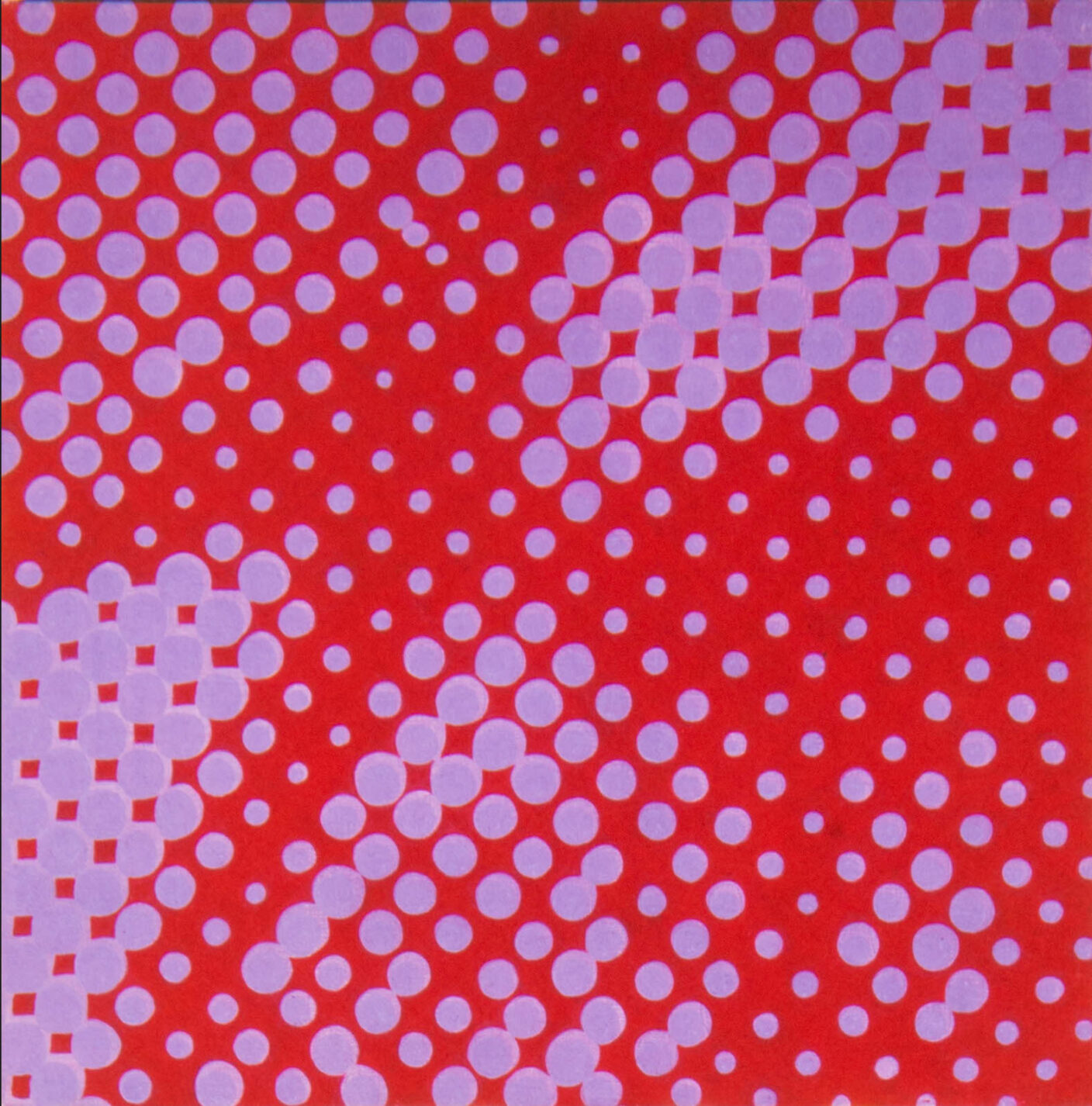
Desretrato de Haroldo de Campos — Estrutura de 4 módulo
1973
Tempera on canvas
80 × 80 cm ea;
160 × 160 cm total
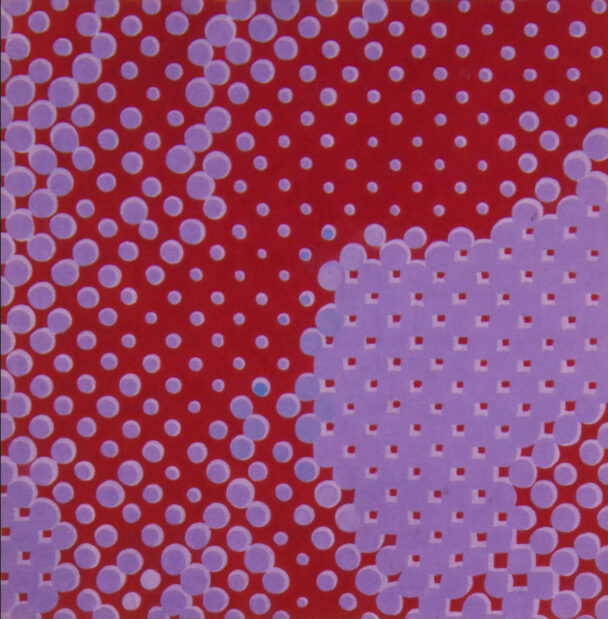
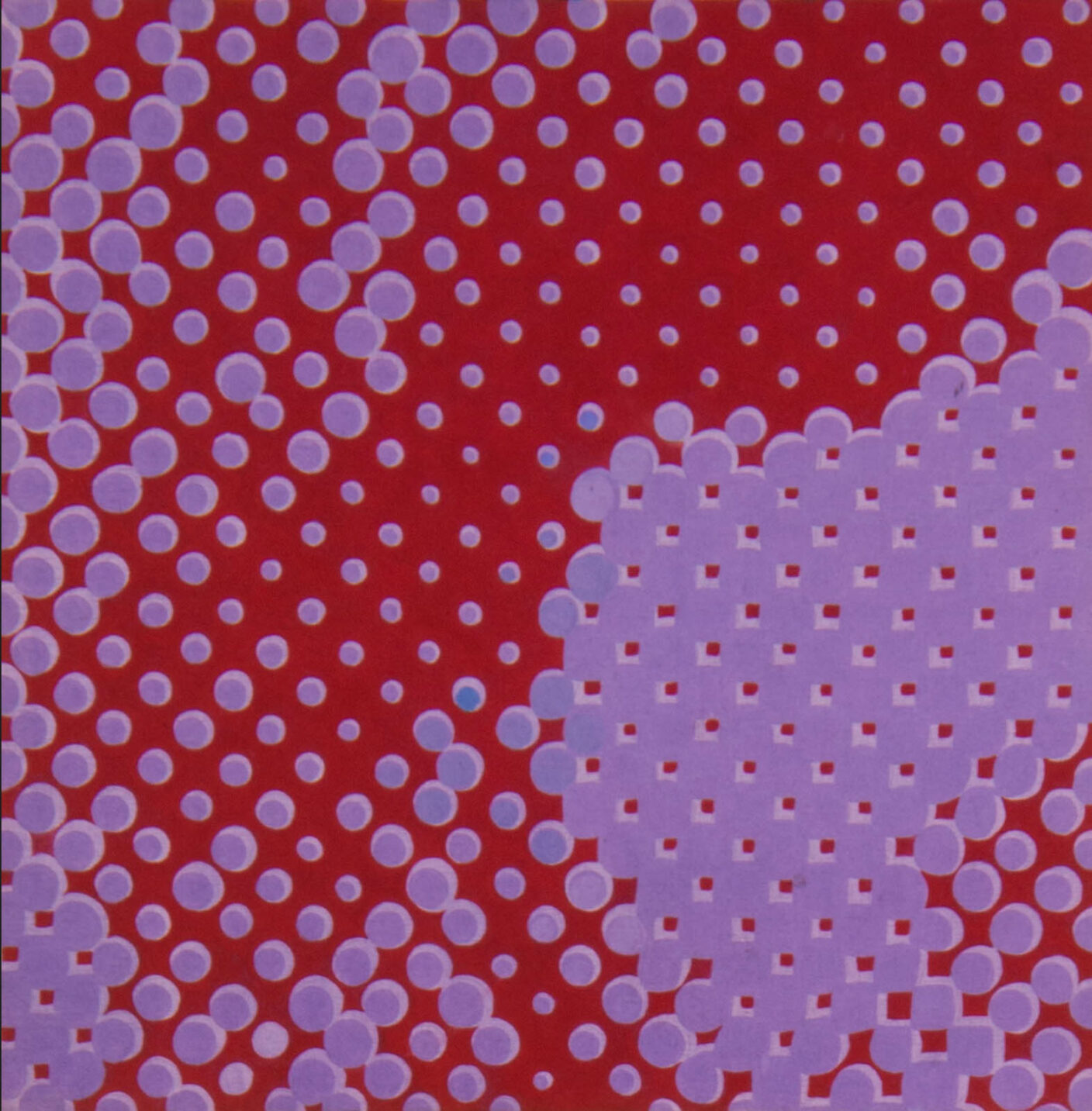
desretrato_H.Campos_73_2 nº 27732_2
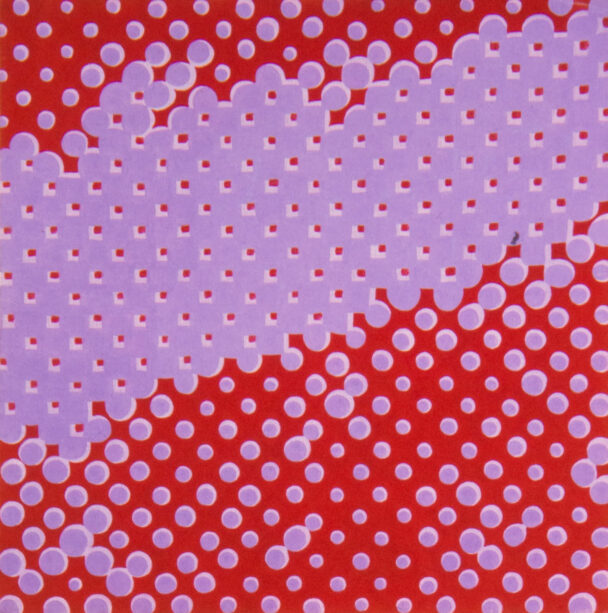

desretrato_H.Campos_73_3 nº 27723_2
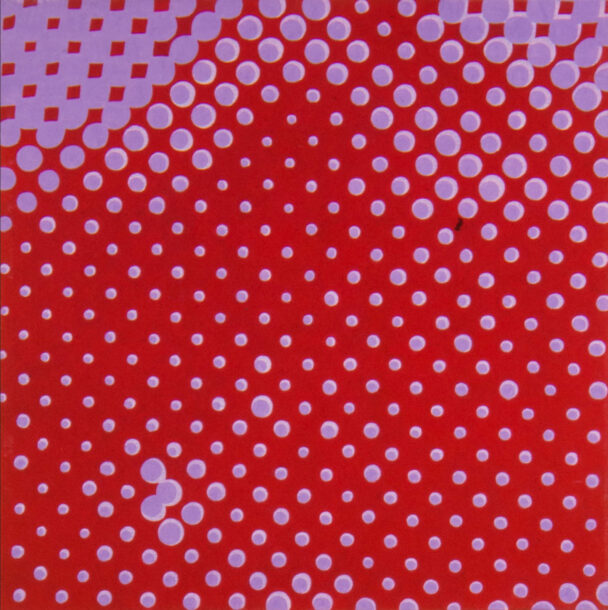
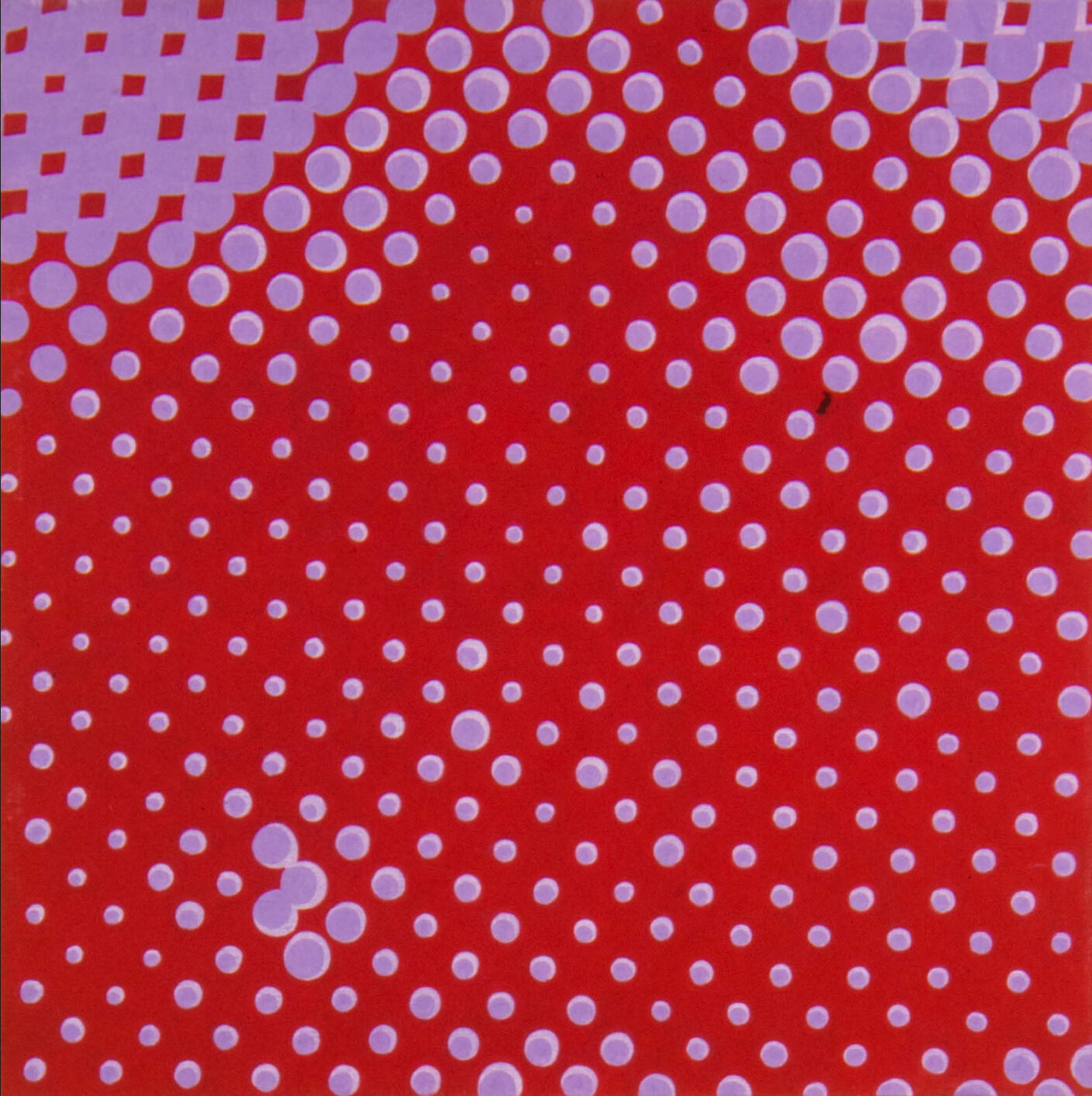
desretrato_H.Campos_73_4 nº 27724_2
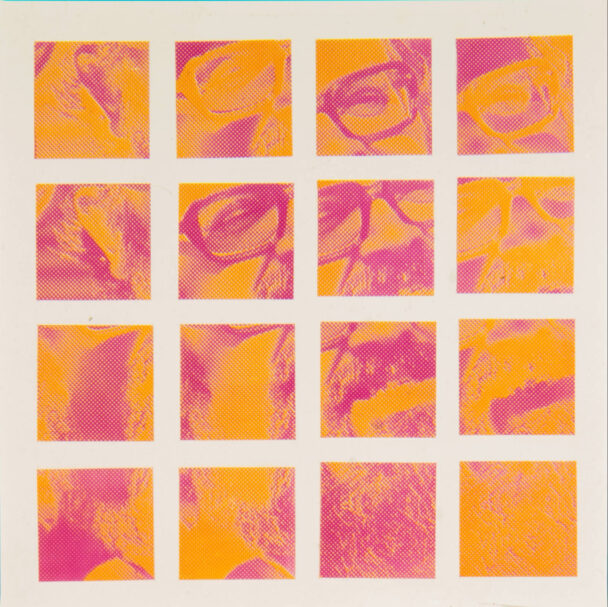
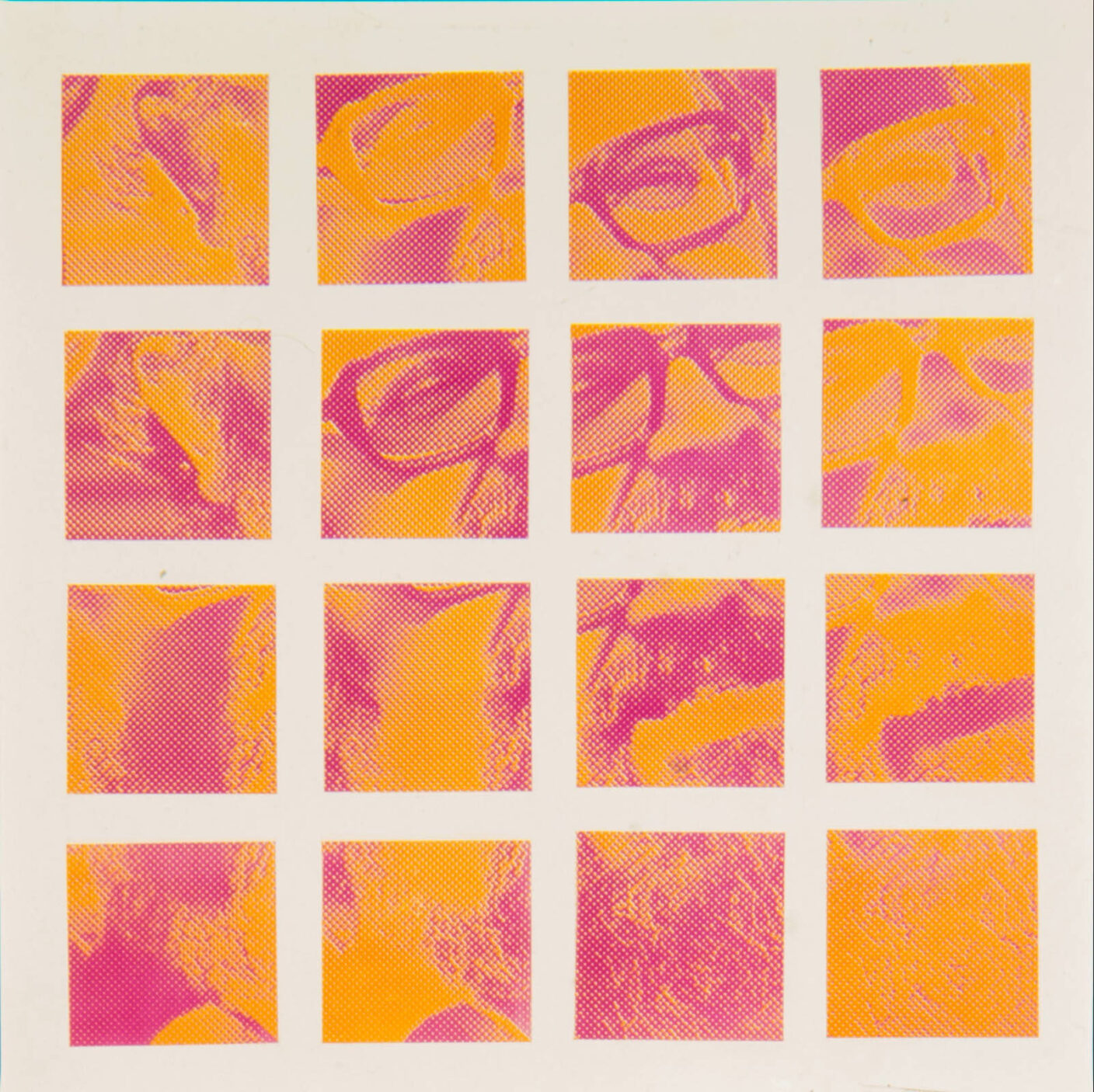
Desretrato de Haroldo de Campos para Xadrez de Estrelas
1973
Offset print
115 × 115 cm


Retícula corluz X
1973
Tempera on can
75 × 75 cm


Casulírico I
1975
Tempera on canvas
30 × 70 cm
—
Haroldo de Campos’ Collection


Progressão de triângulos I
1979
Tempera-oil on canva
150 × 130 cm
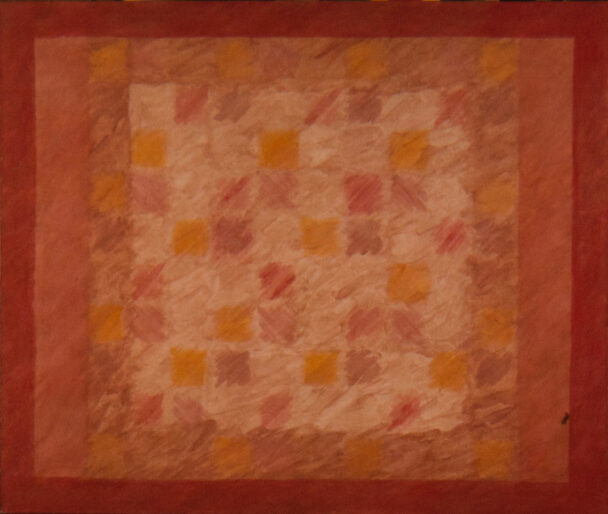
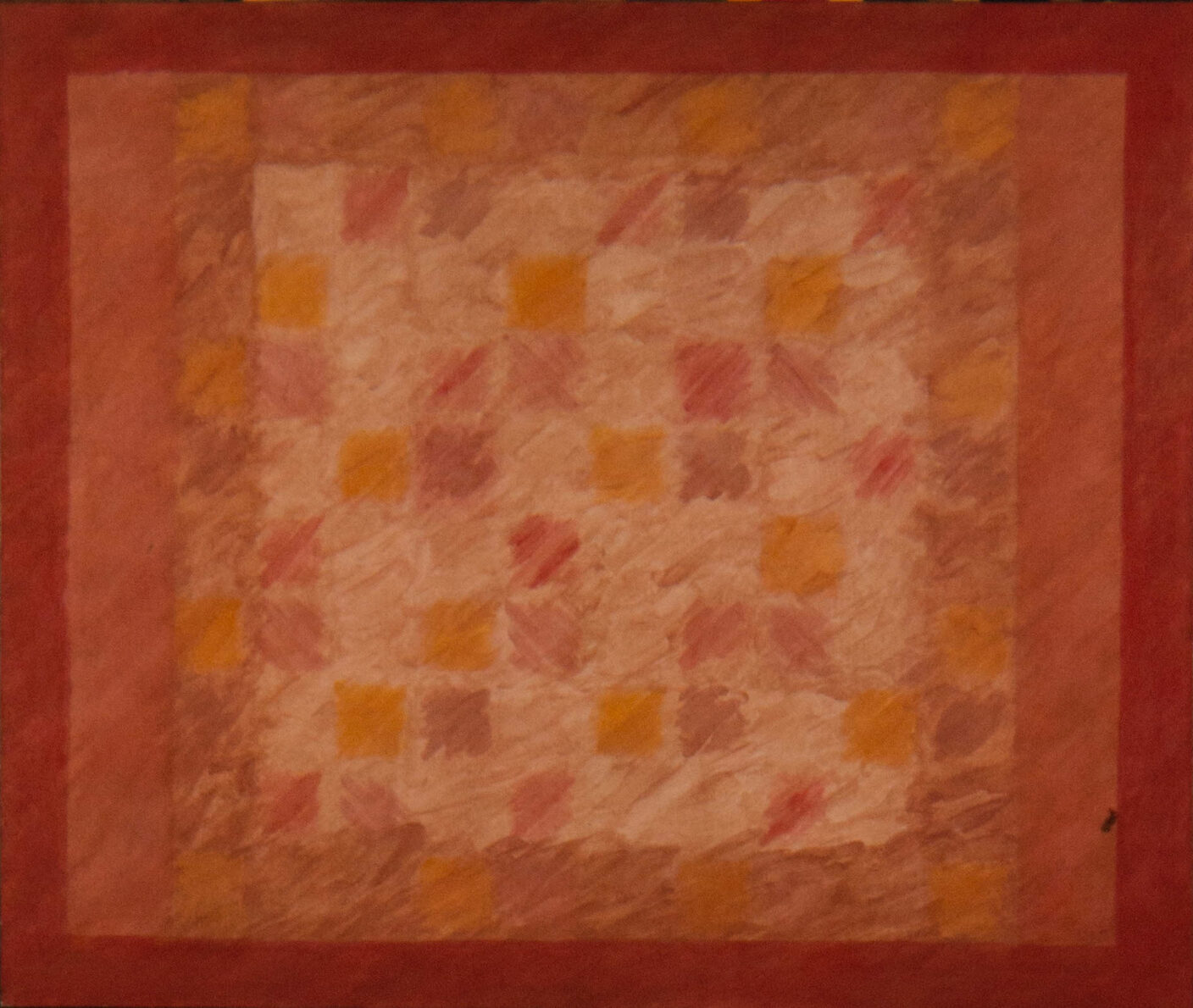
Corluz
1985
Tempera on canva
117 × 140 cm
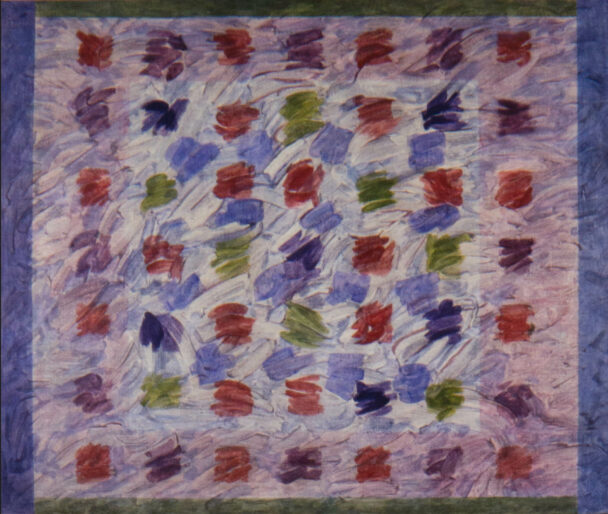
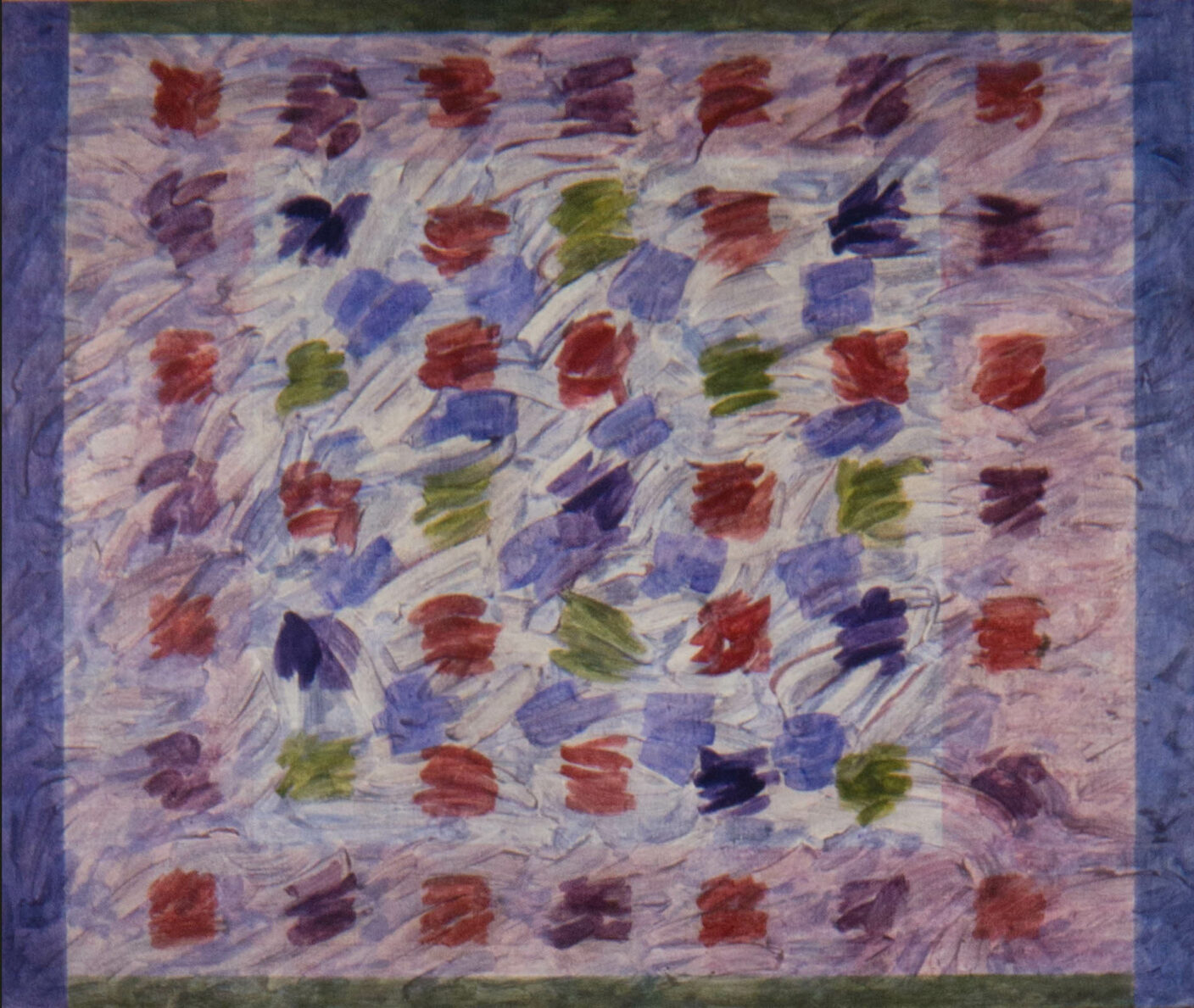
Corluz
1985
Tempera on canvas
117 × 140 cm

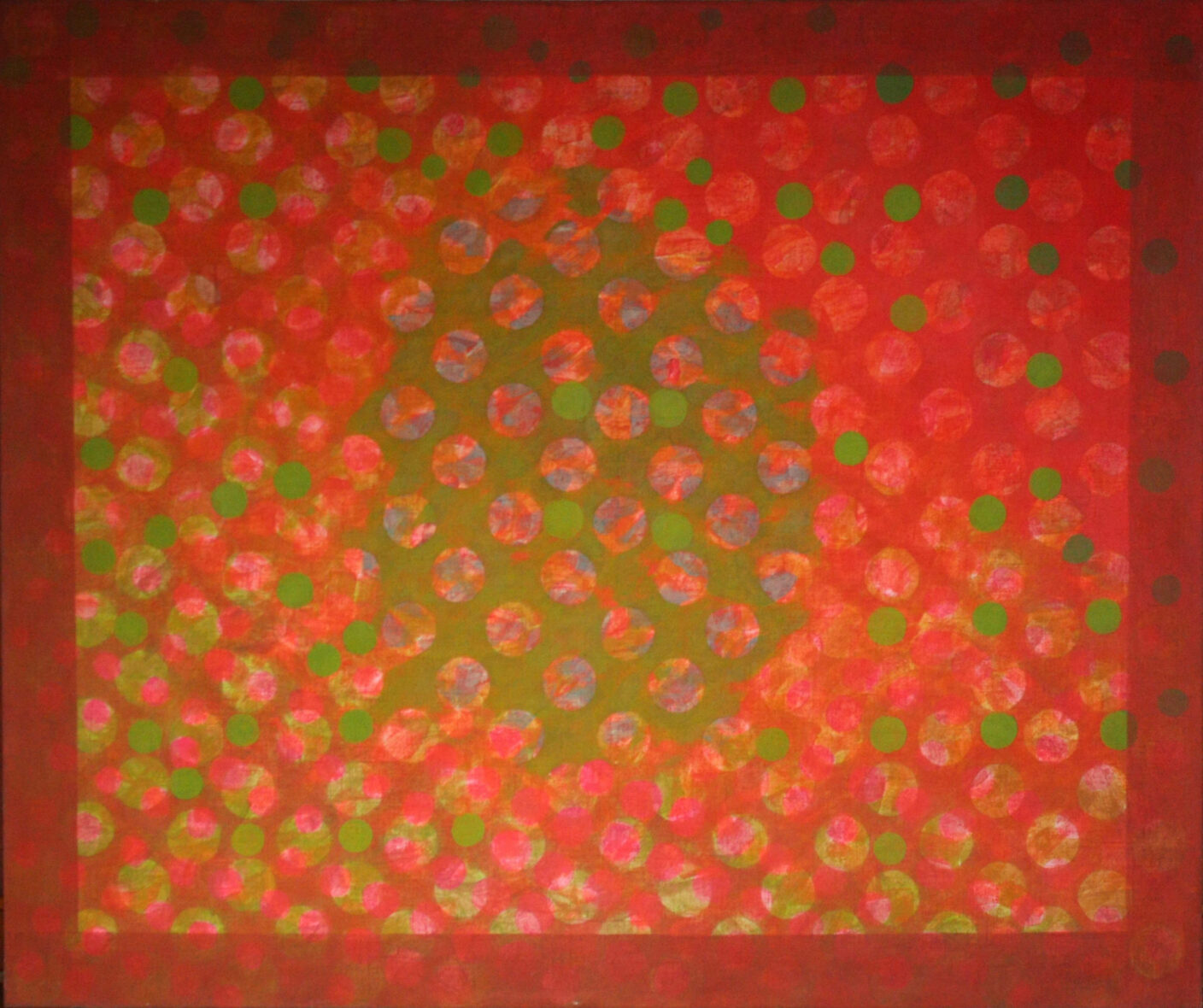
Despaisagem retícula corluz 5
1985
Tempera on canvas
117 × 140 cm


Despaisagem retícula corluz
1985
Tempera on canvas
117 × 140 cm

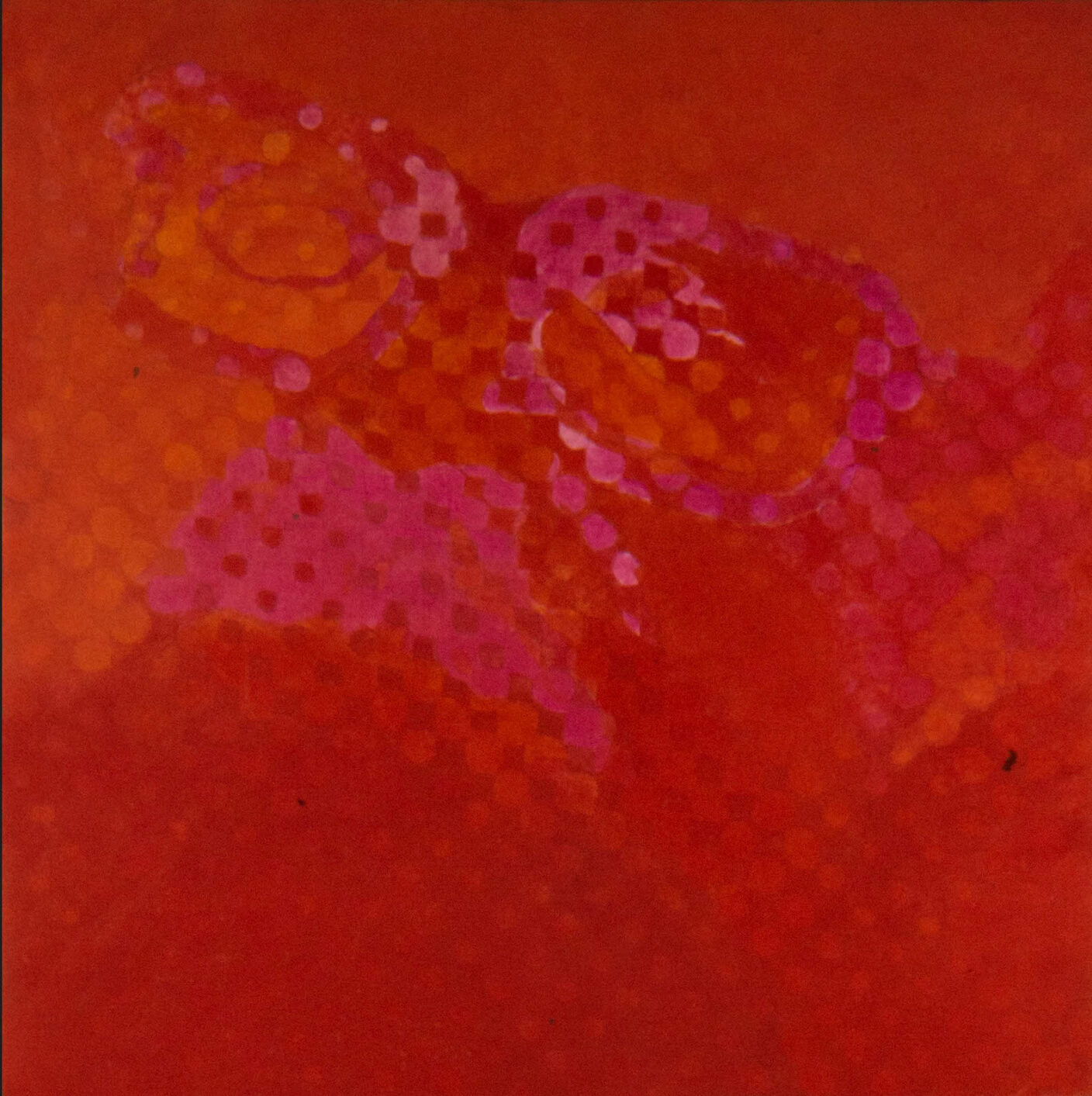
Desretrato retícula corluz — Haroldo de Campos
1985
Têmpera sobre tela
115 × 115 cm
—
Haroldo de Campos’ Collection

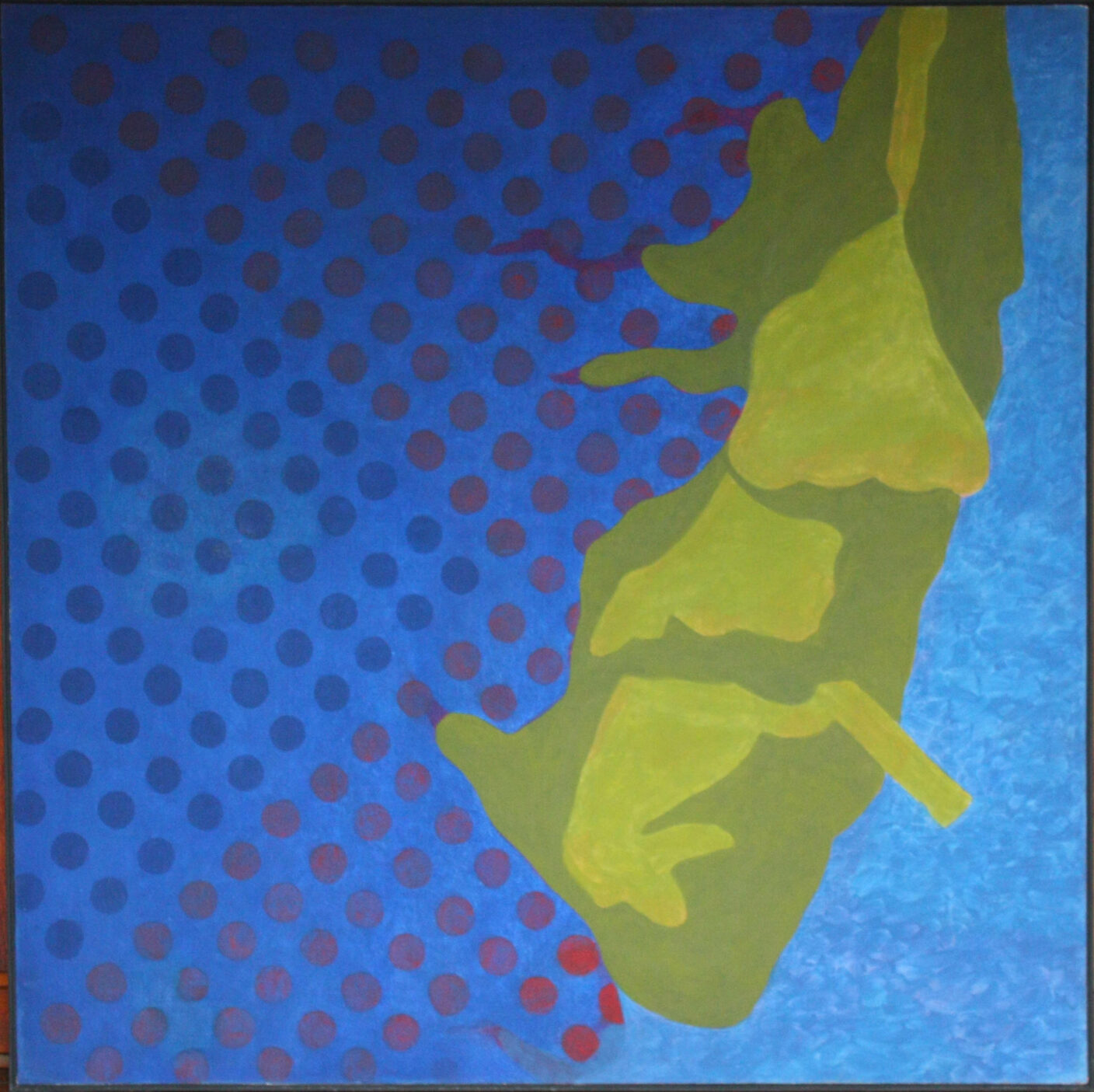
Desretrato retícula corluz — Alfredo Volpi
1985
Tempera on canvas
115 × 115 cm
—
Maria Eugênia Volpi’s Collection
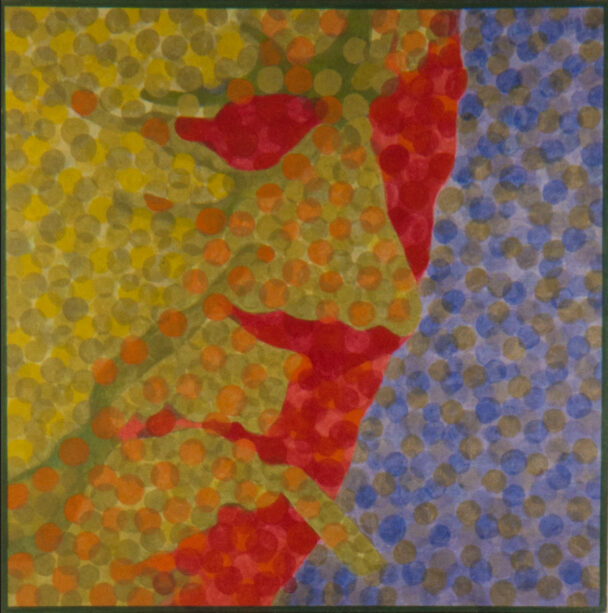
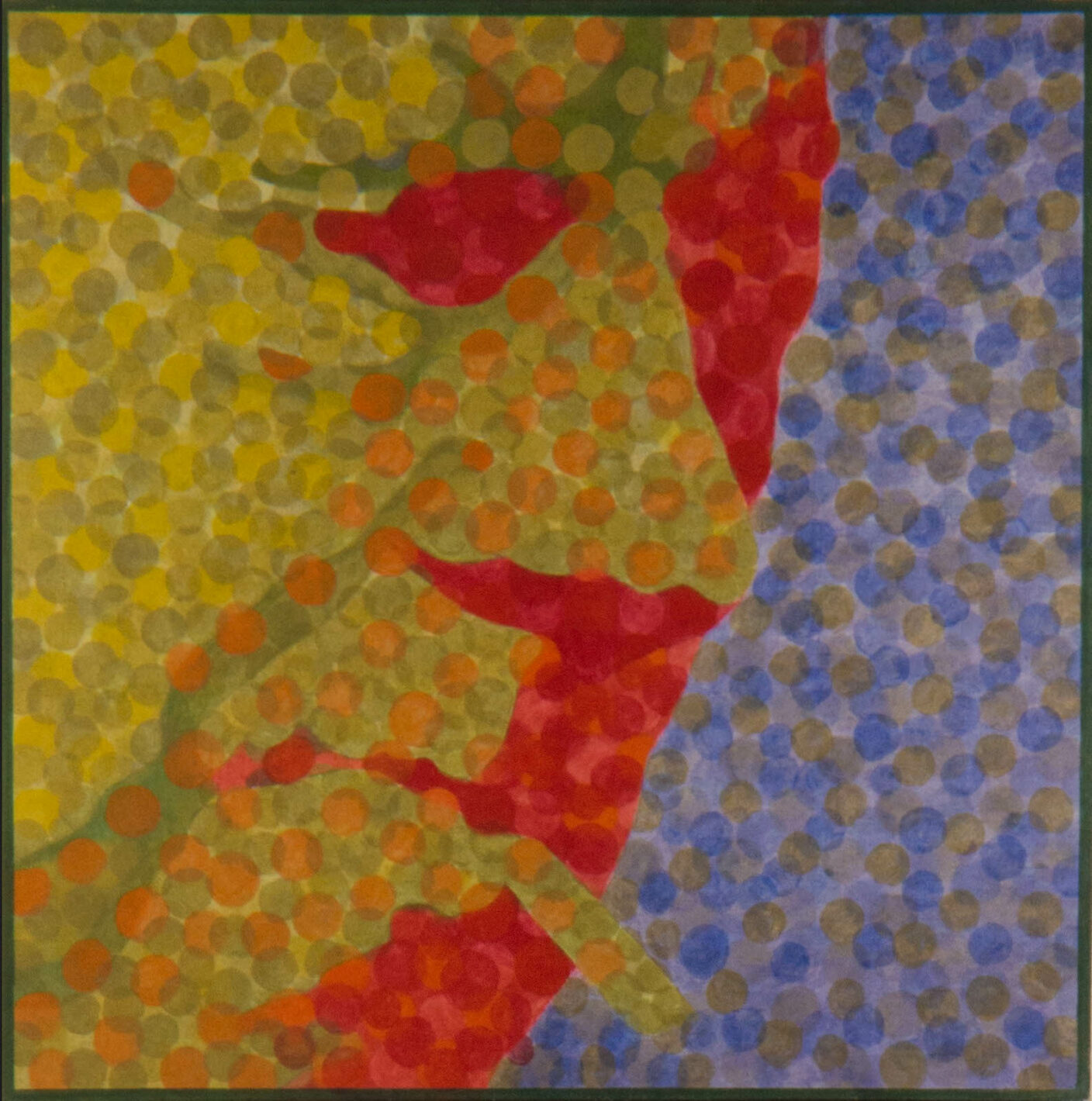
Desretrato retícula corluz — Alfredo Volpi
1985
Tempera on canvas
115 × 115 cm


Retícula corluz D
1985
Tempera on can
115 × 115 cm


Retícula corluz E
1985
Tempera o c
100 × 100 cm


Despaisagem retícula corluz
1986
Tempera on can
117 × 140 cm
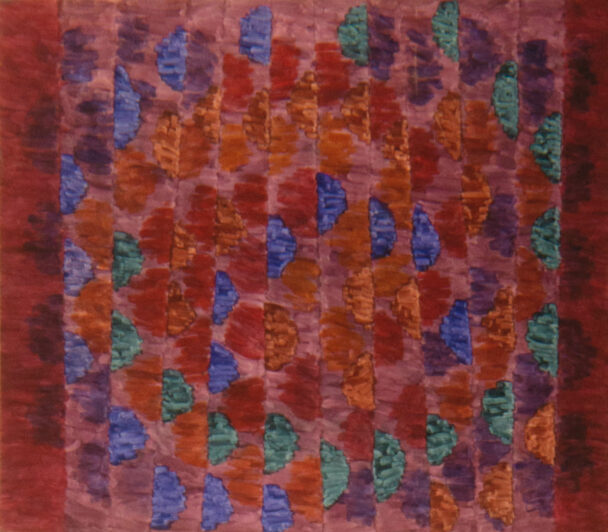
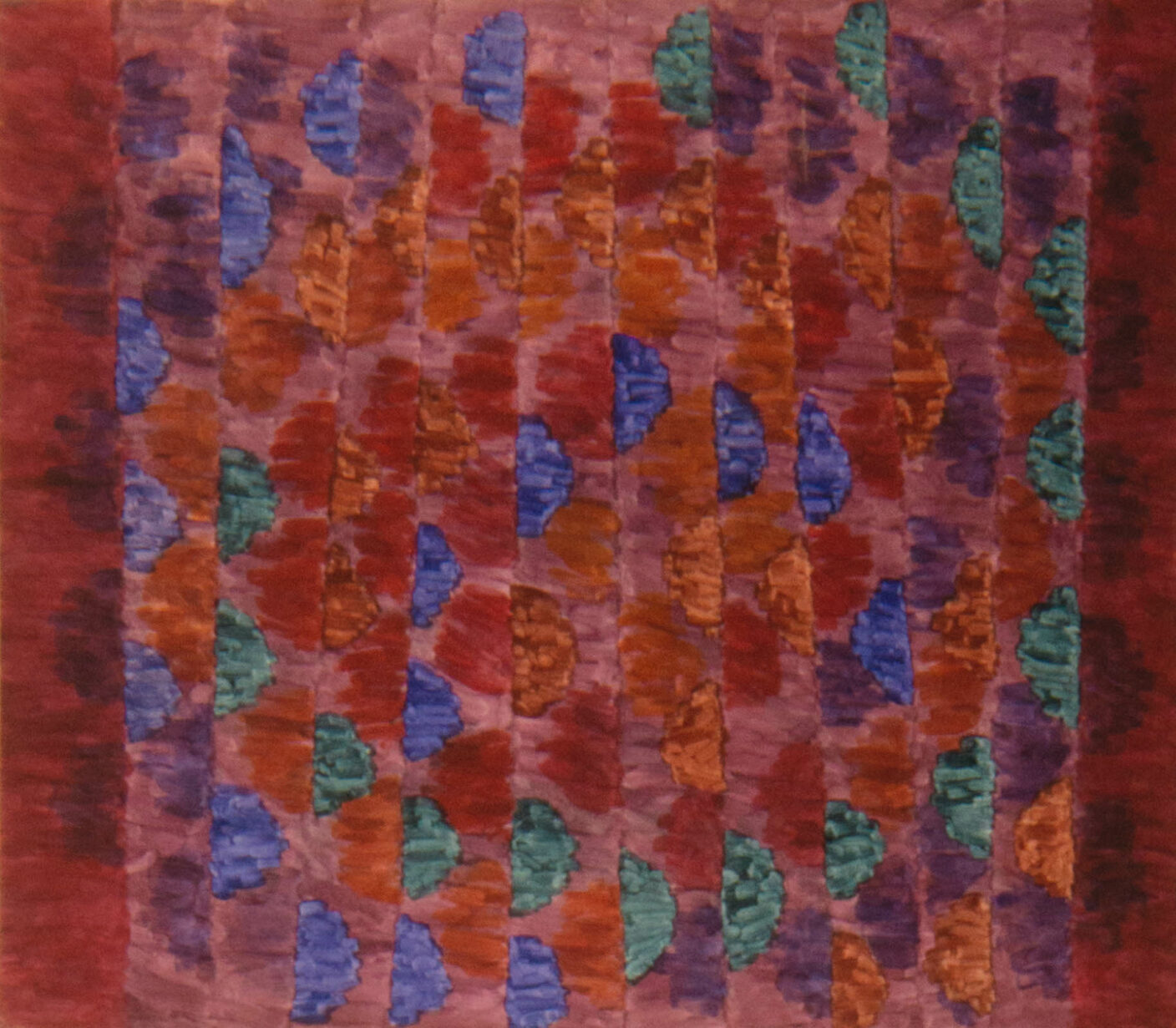
Corluz
1987
Tempera-oil on canvas
130 × 150 cm
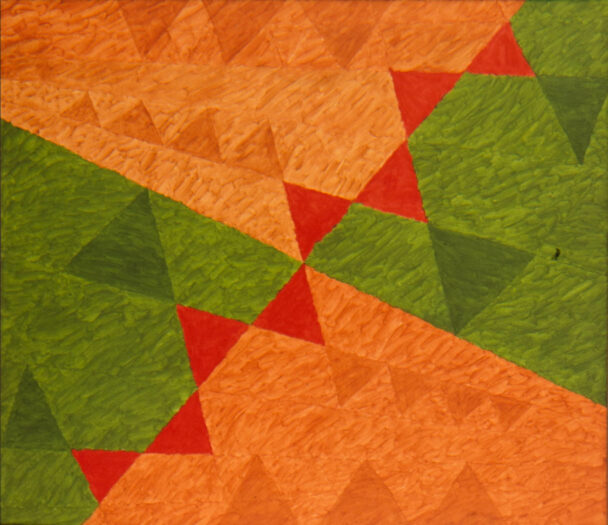
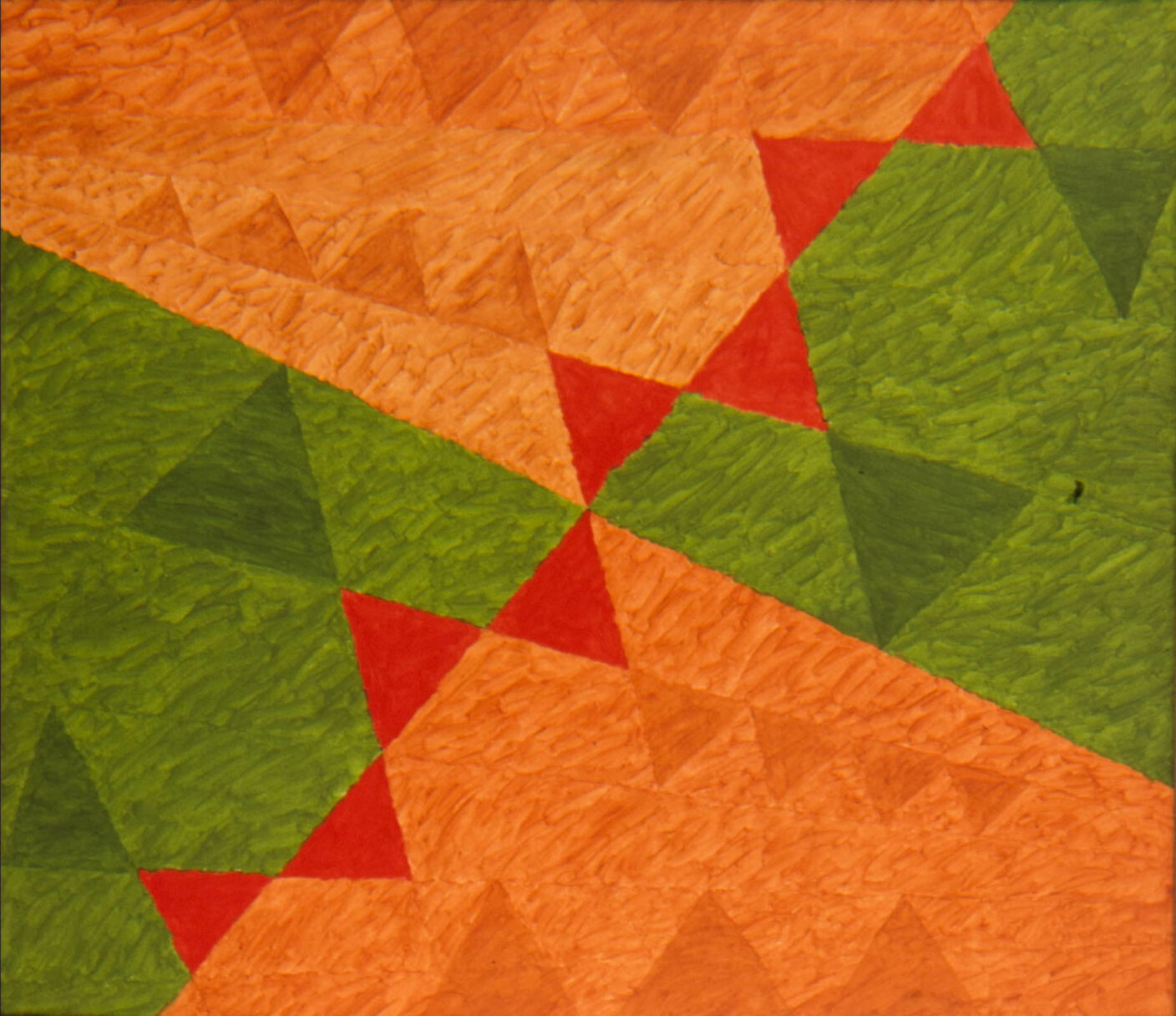
Corluz
1987
Tempera-oil on canvas
130 × 150 cm


Corluz
1987
Tempera-oil on canvas
130 × 150 cm
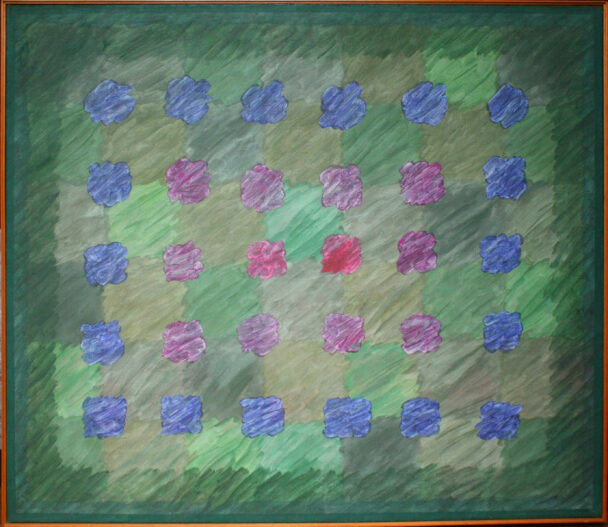

Corluz
1987
Tempera-oil on canvas
130 × 150 cm

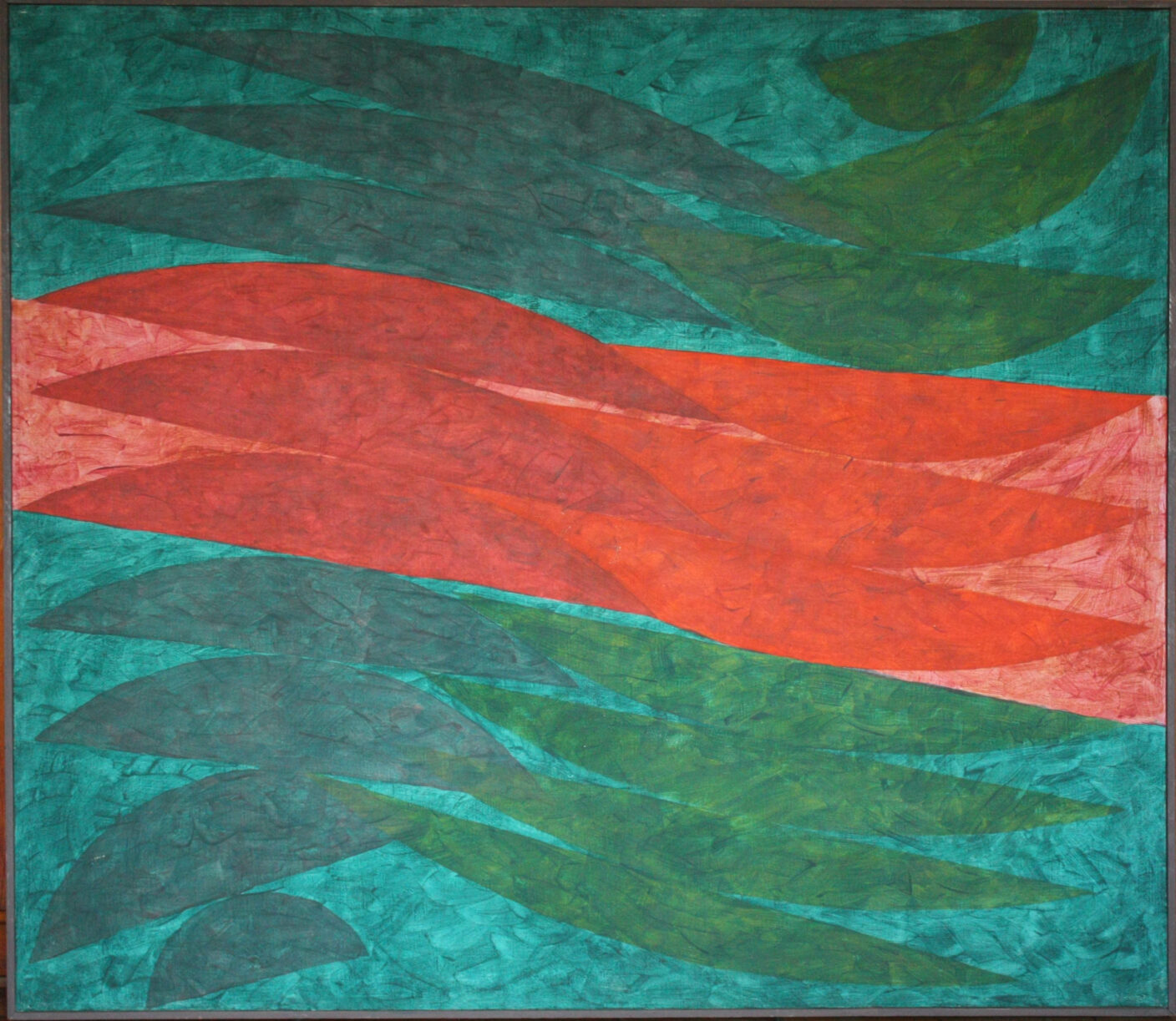
Corluz
1987
Tempera-oil on canvas
130 × 150 cm

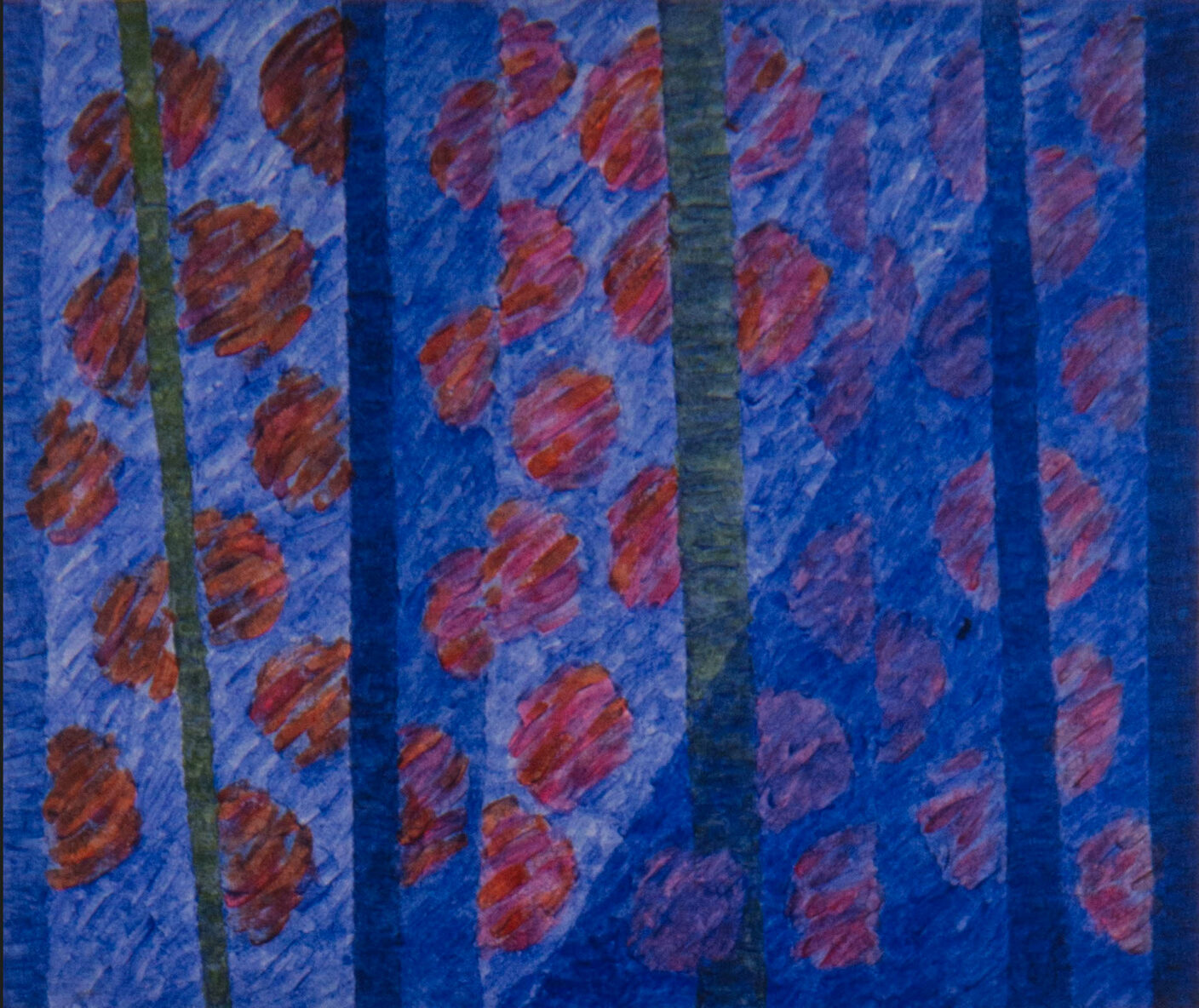
Corluz
1989
Tempera-oil on canvas
130 × 150 cm
—
MAM São Paulo’s Collection
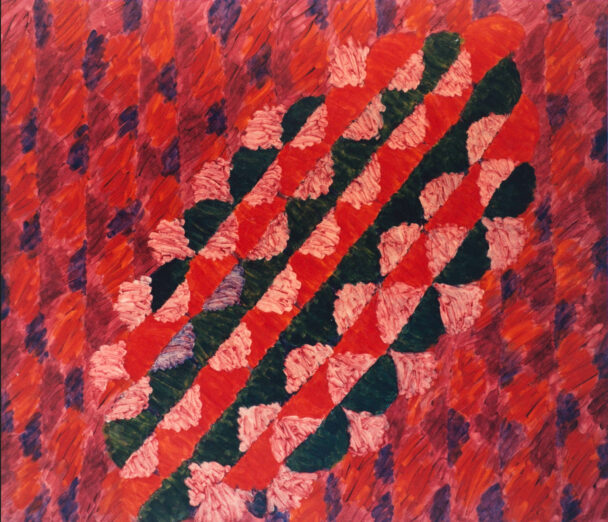
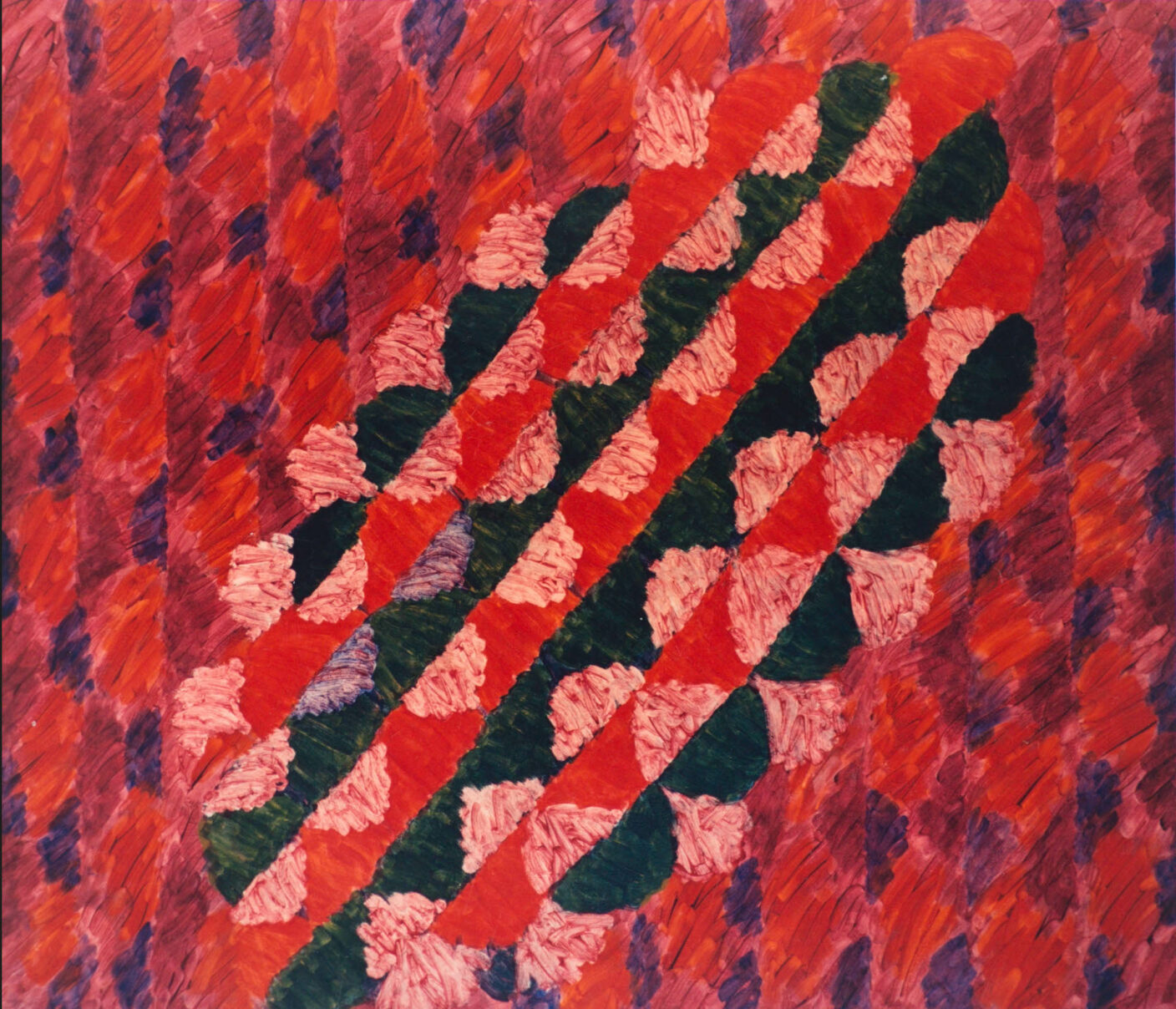
Corluz
1989
Tempera-oil on canvas
130 × 150 cm
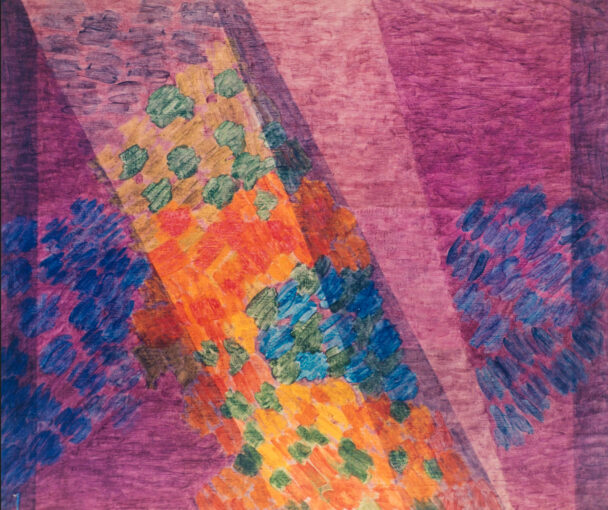
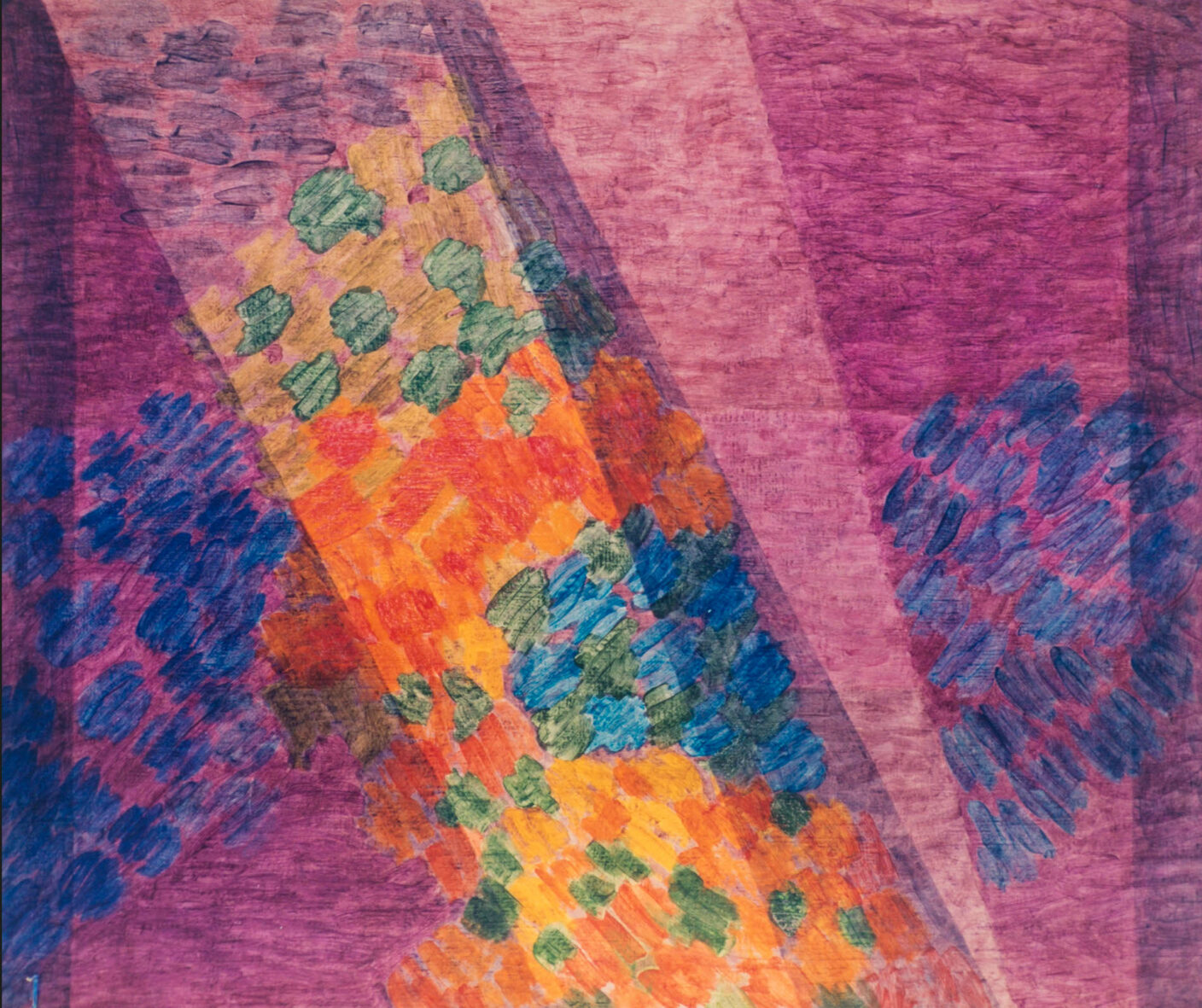
Corluz
1989
Tempera-oil on canvas
130 × 150 cm

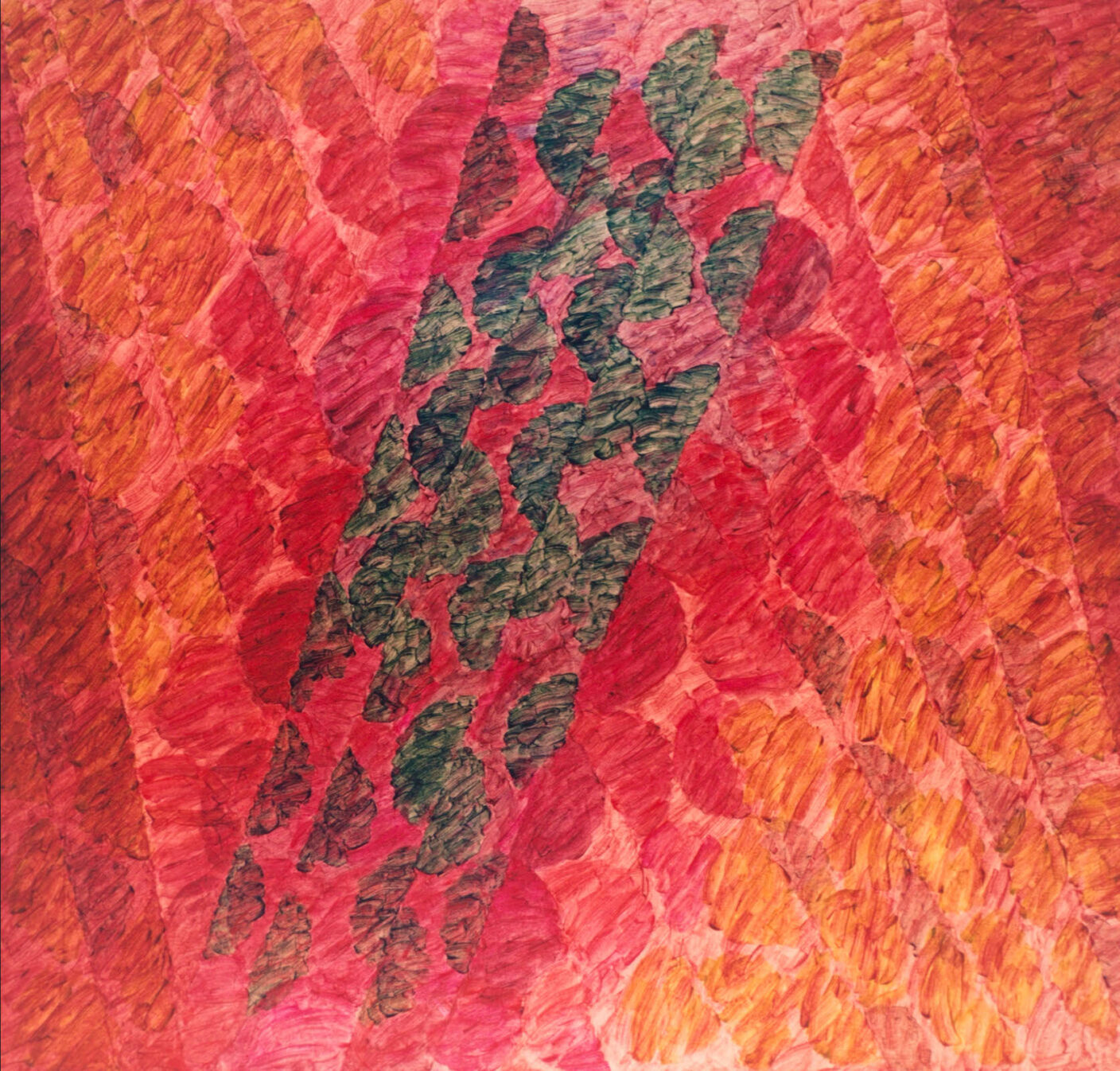
Corluz
1989
Tempera-oil on canvas
130 × 150 cm
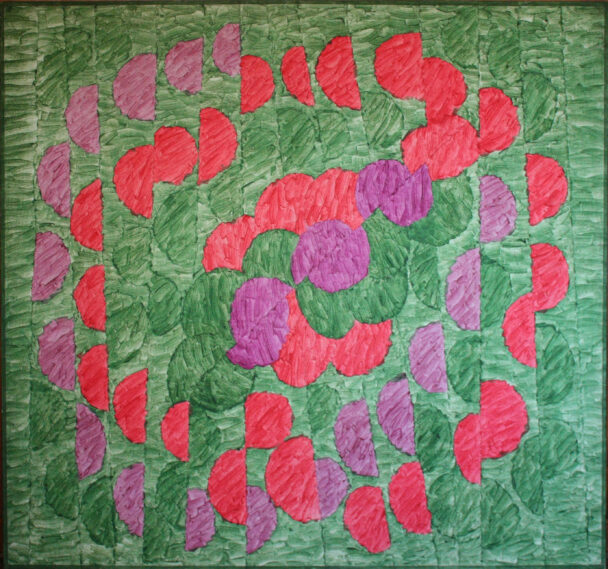
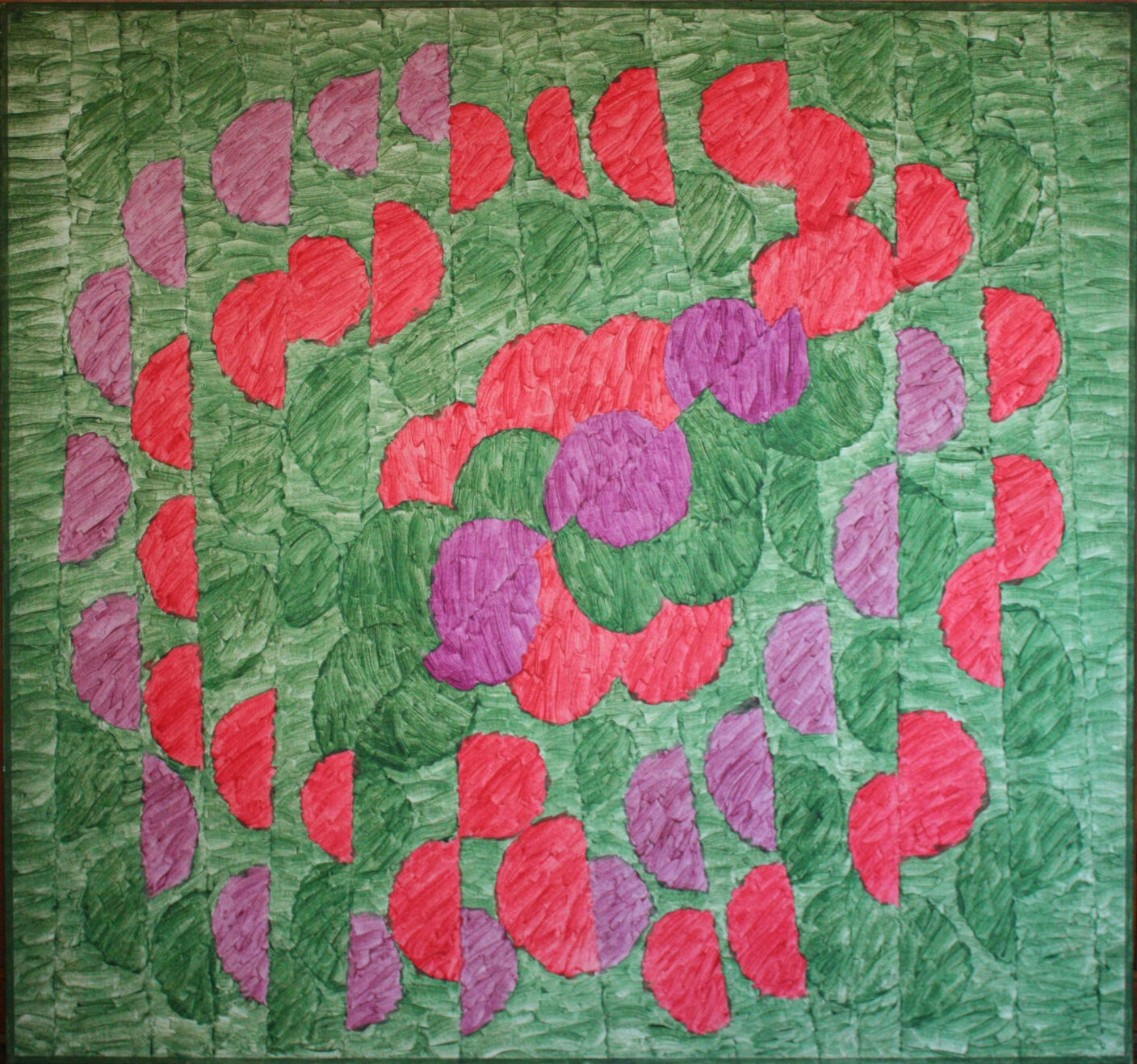
Corluz
1989
Tempera-oil on canvas
140 × 150 cm
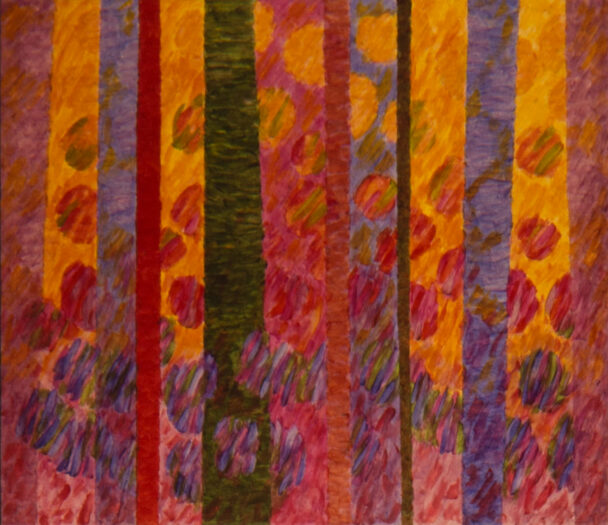
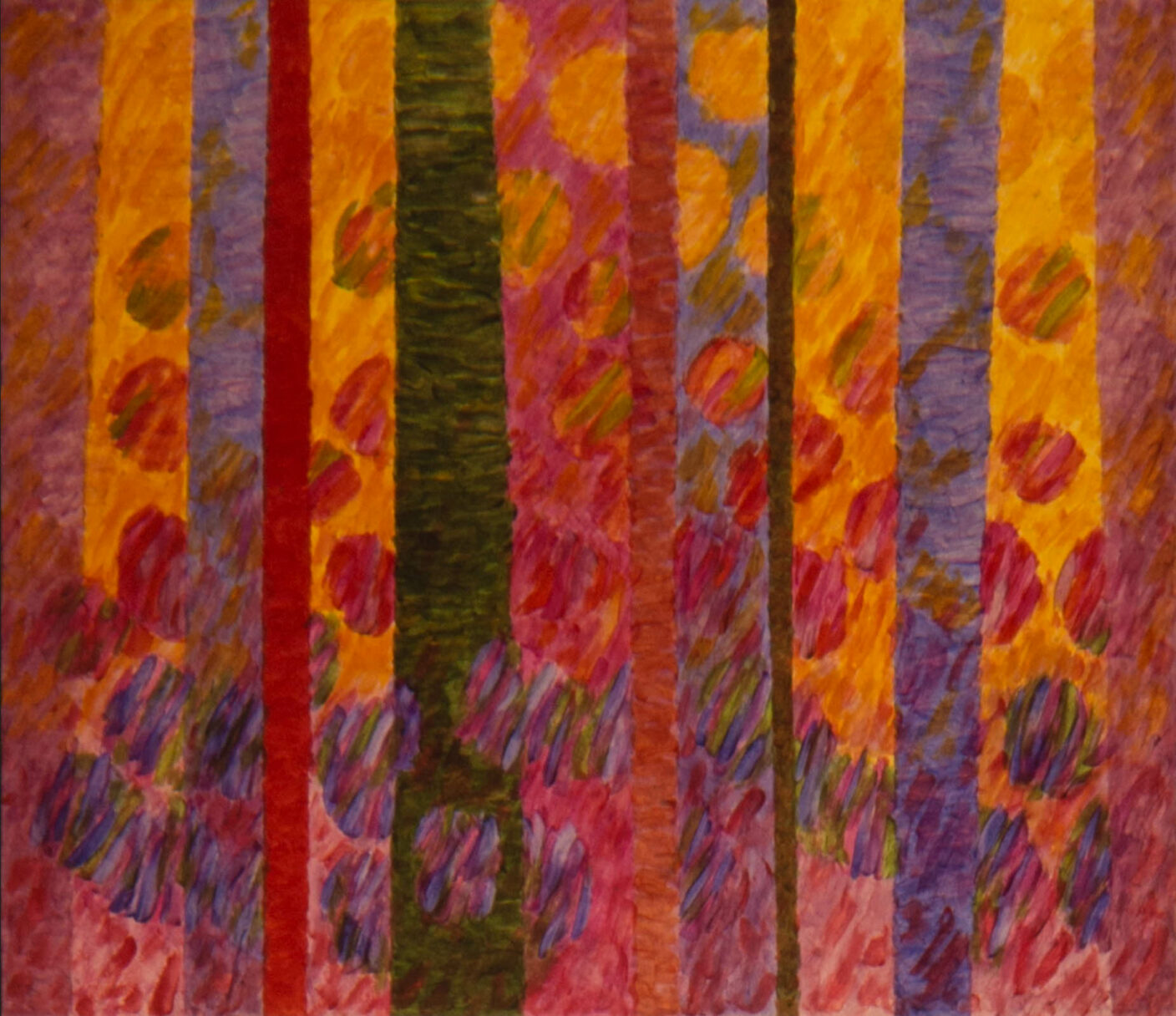
Corluz
1989
Tempera-oil on canva
117 × 140 cm
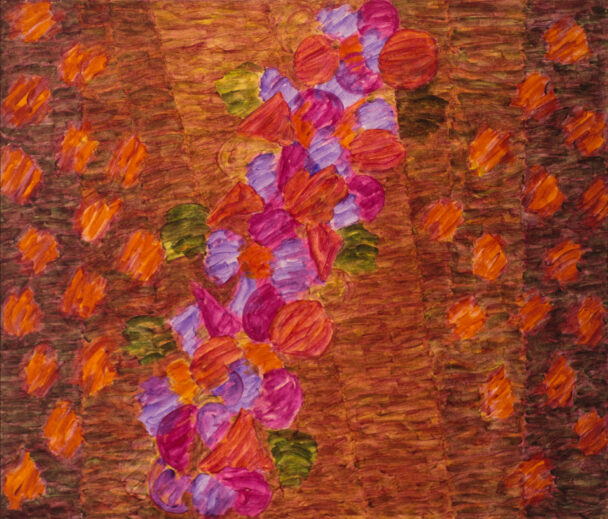
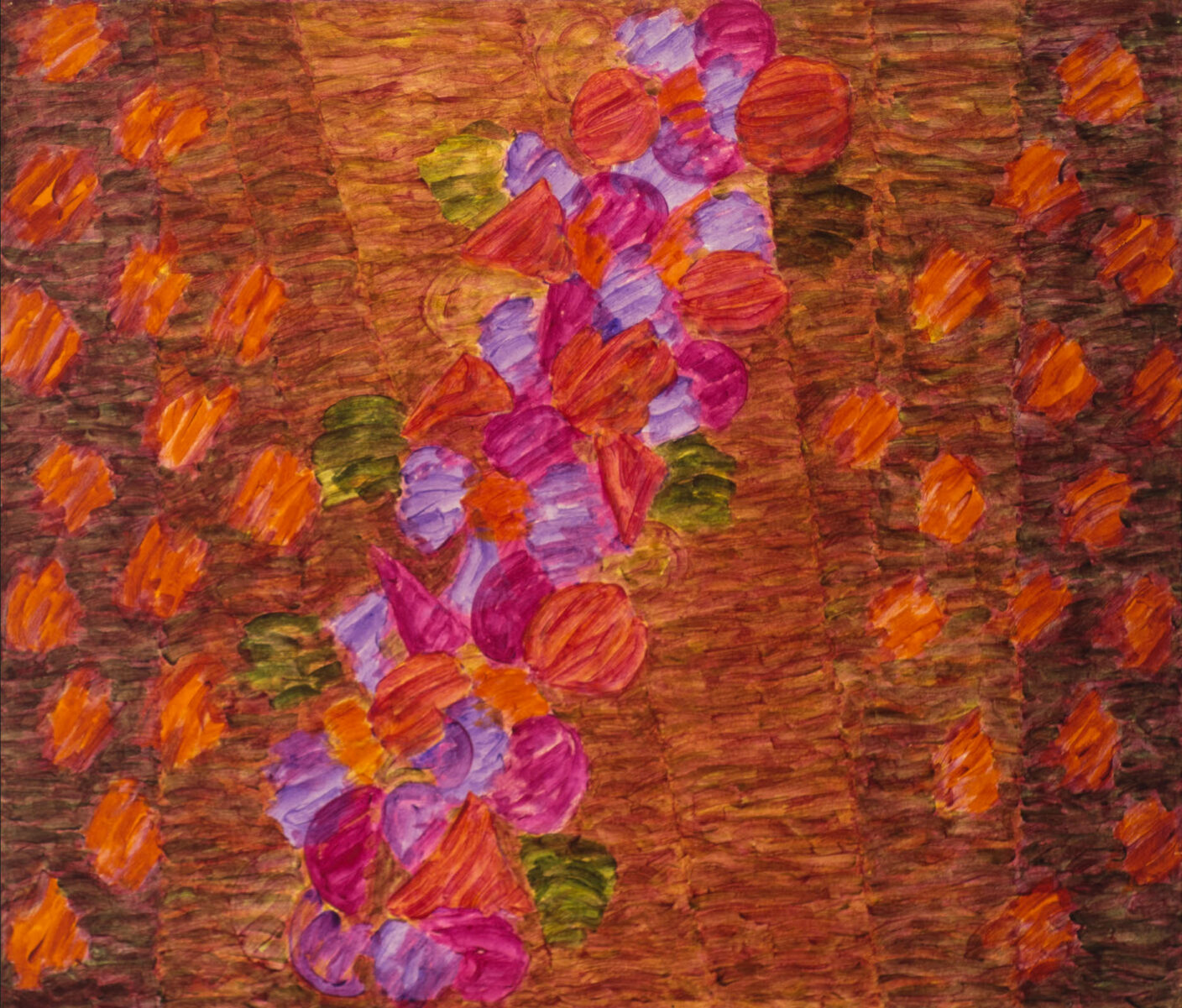
Corluz
1989
Tempera-oil on canvas
130 × 150 cm
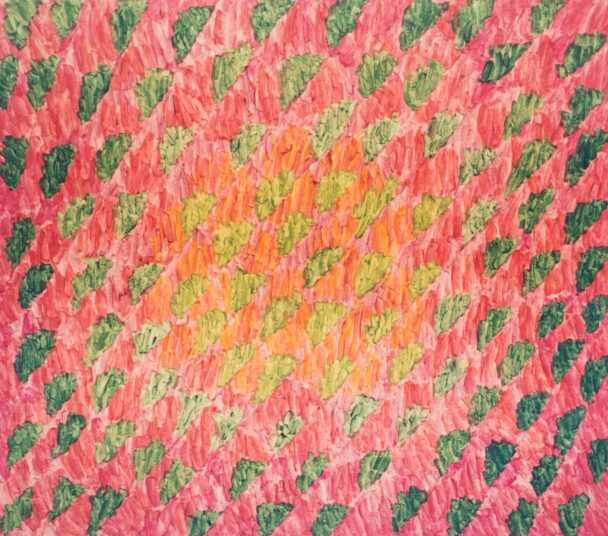
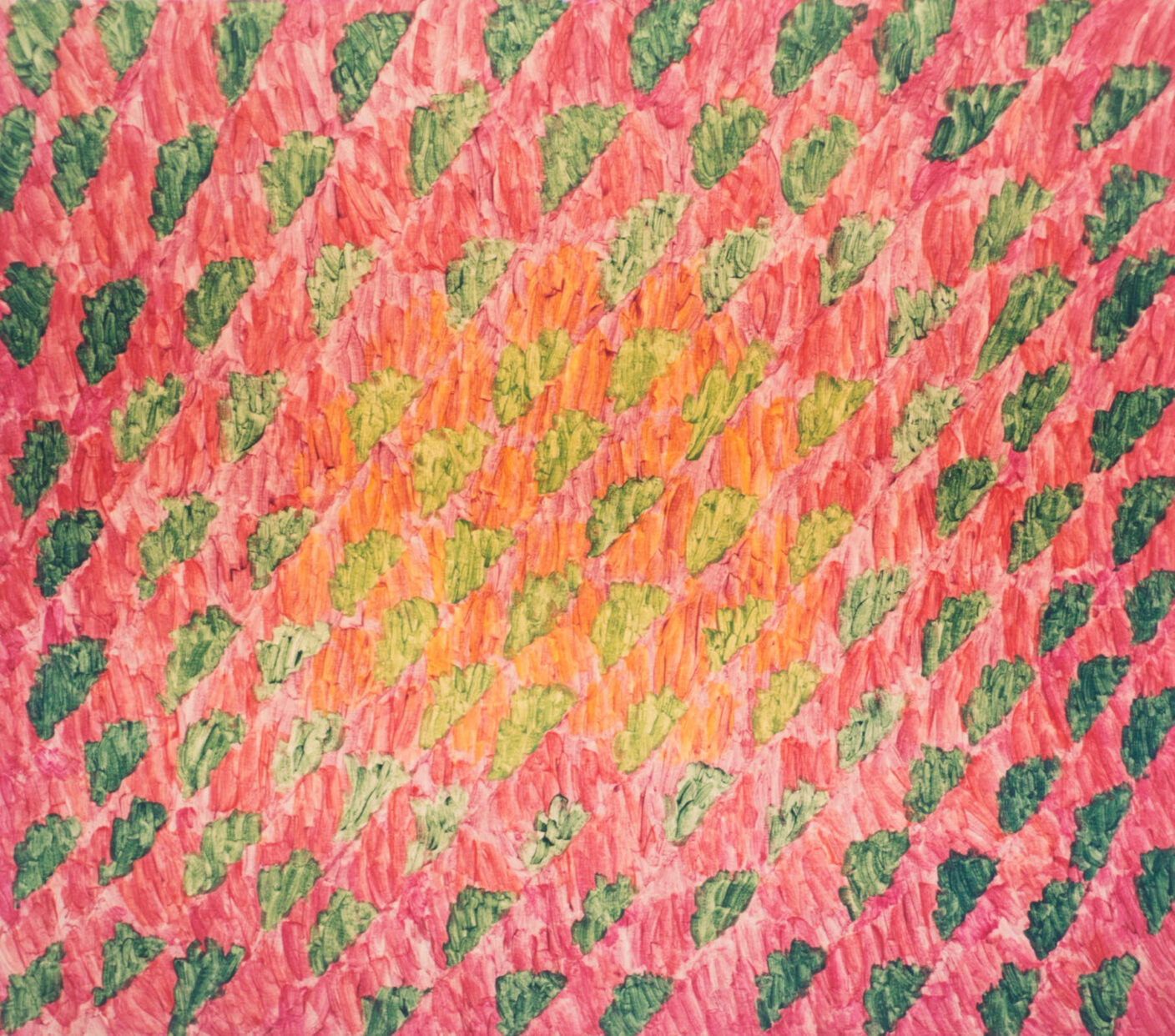
Corluz
1989
Tempera-oil on canvas
130 × 150 cm
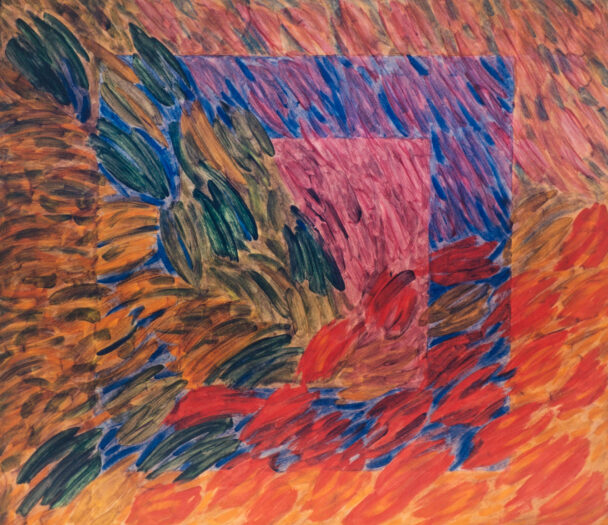
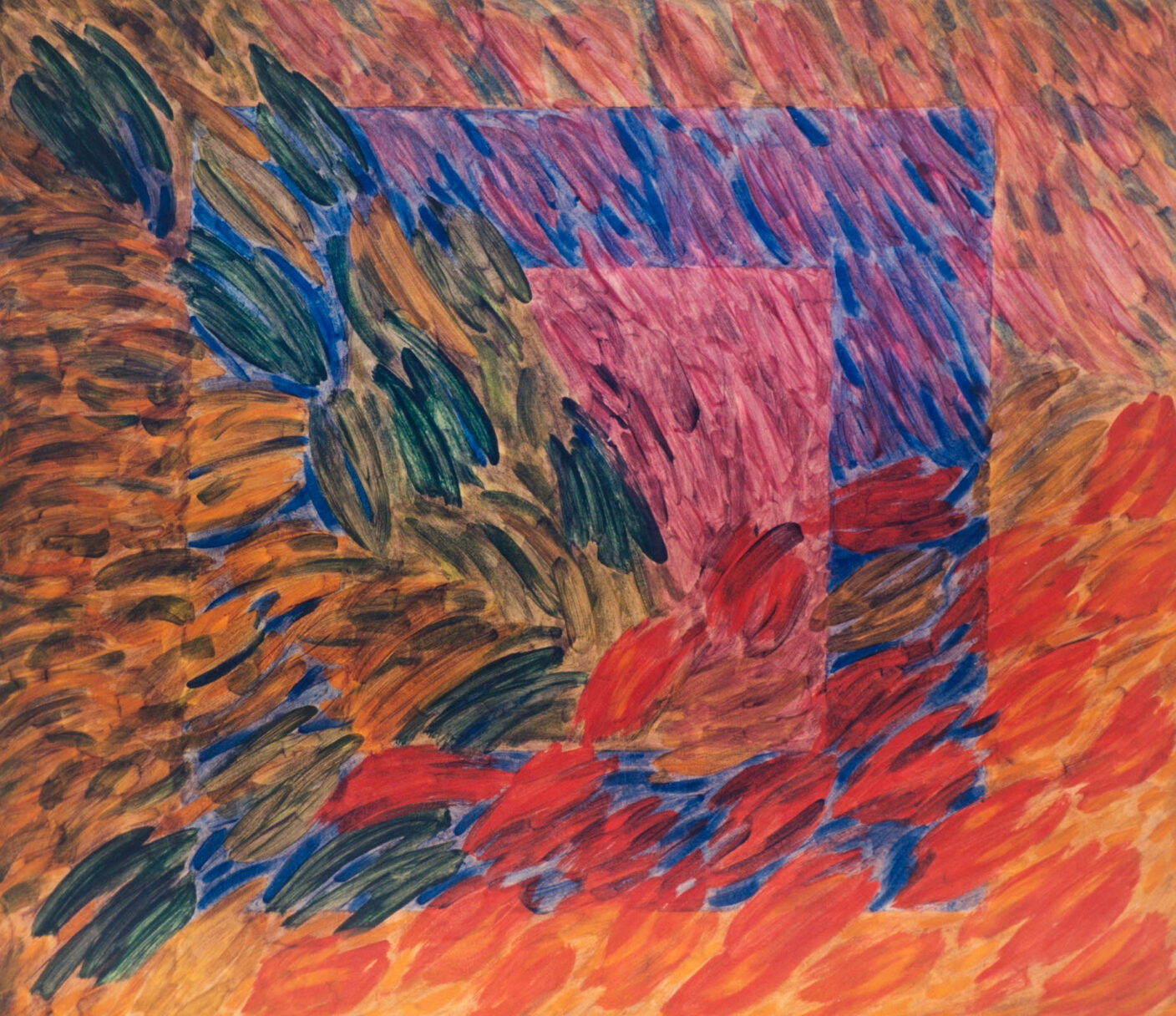
Corluz
1989
Tempera-oil on canvas
130 × 150 cm
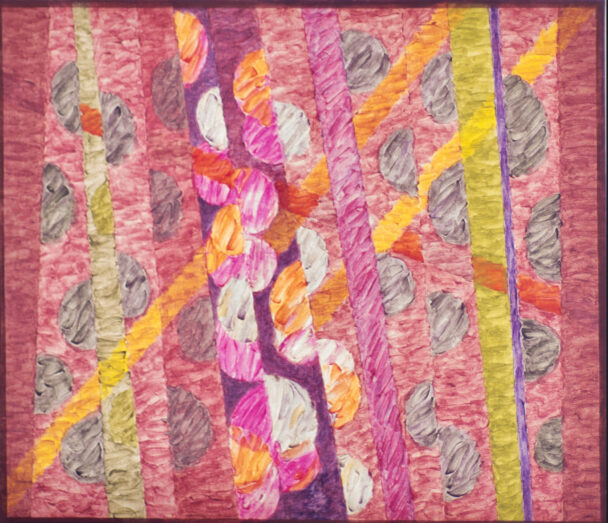
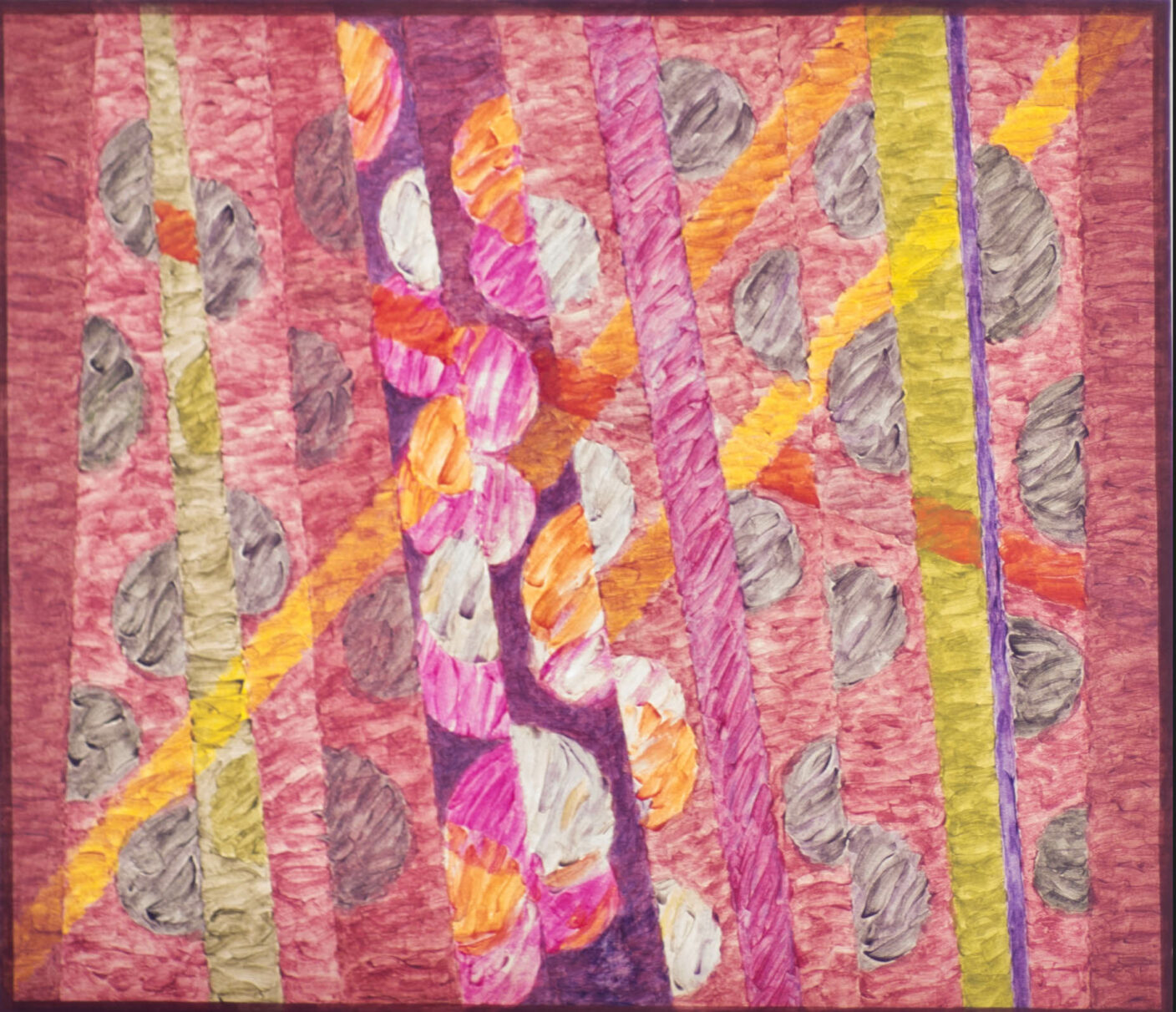
Corluz
1989
Tempera-oil on canvas
130 × 150 cm
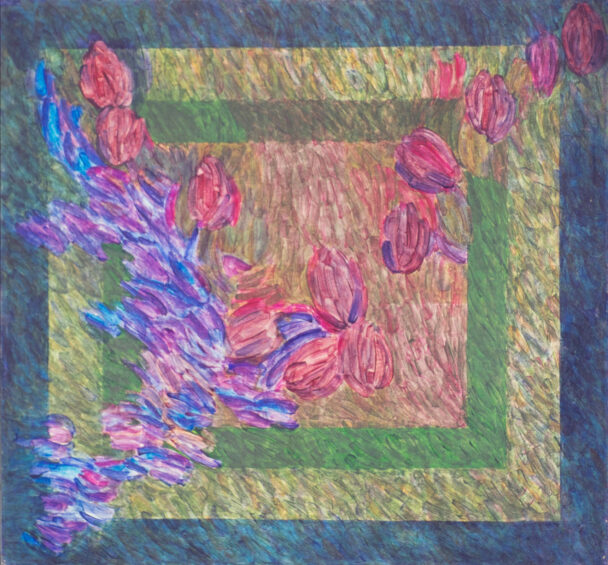
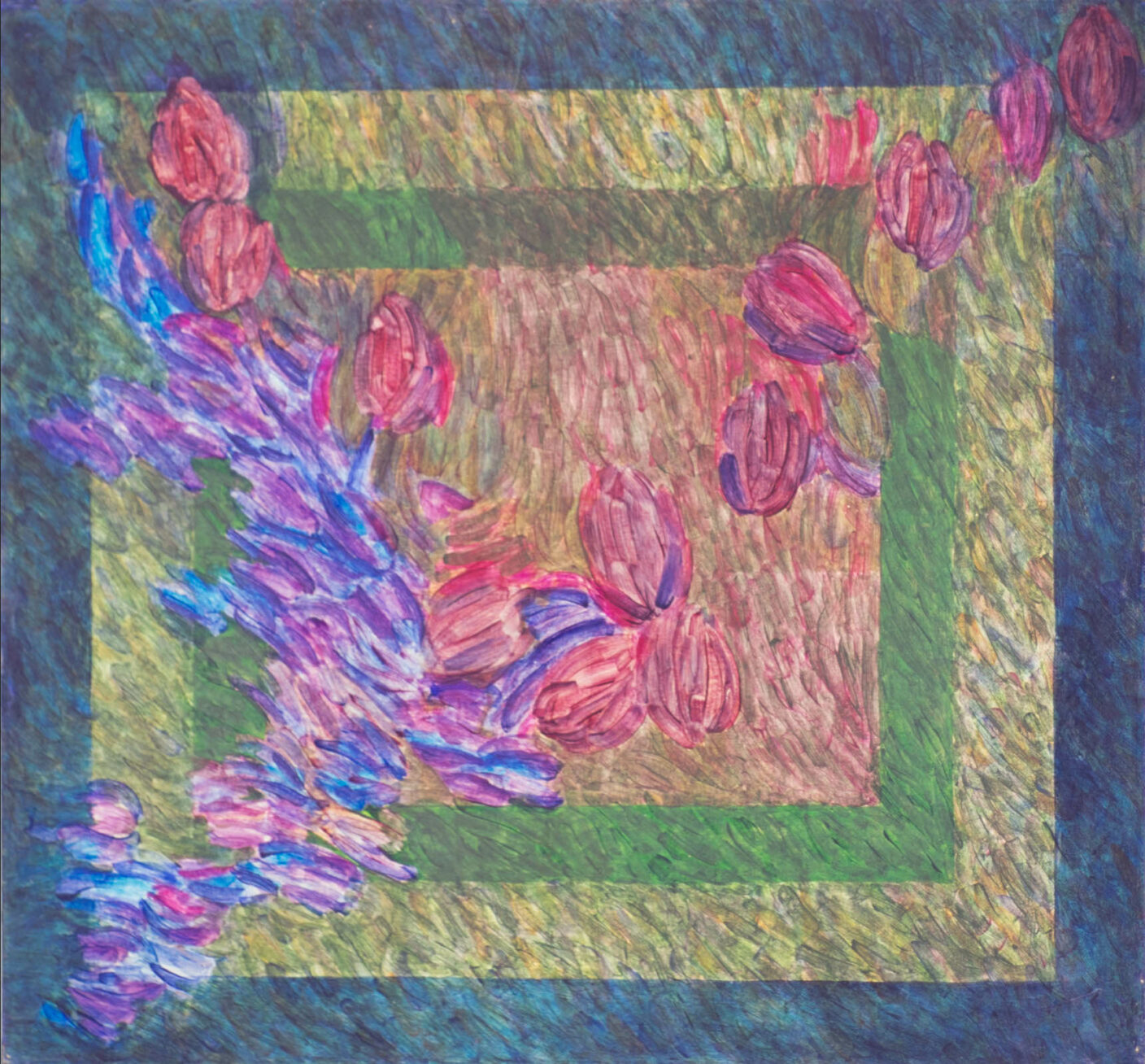
Corluz
1989
Tempera-oil on canvas
130 × 150 cm
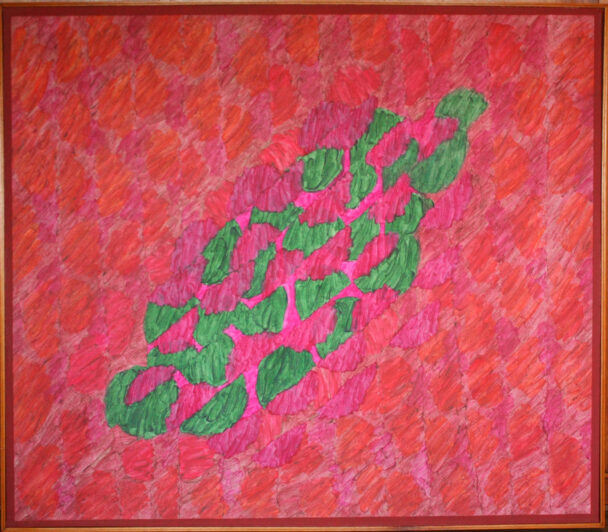
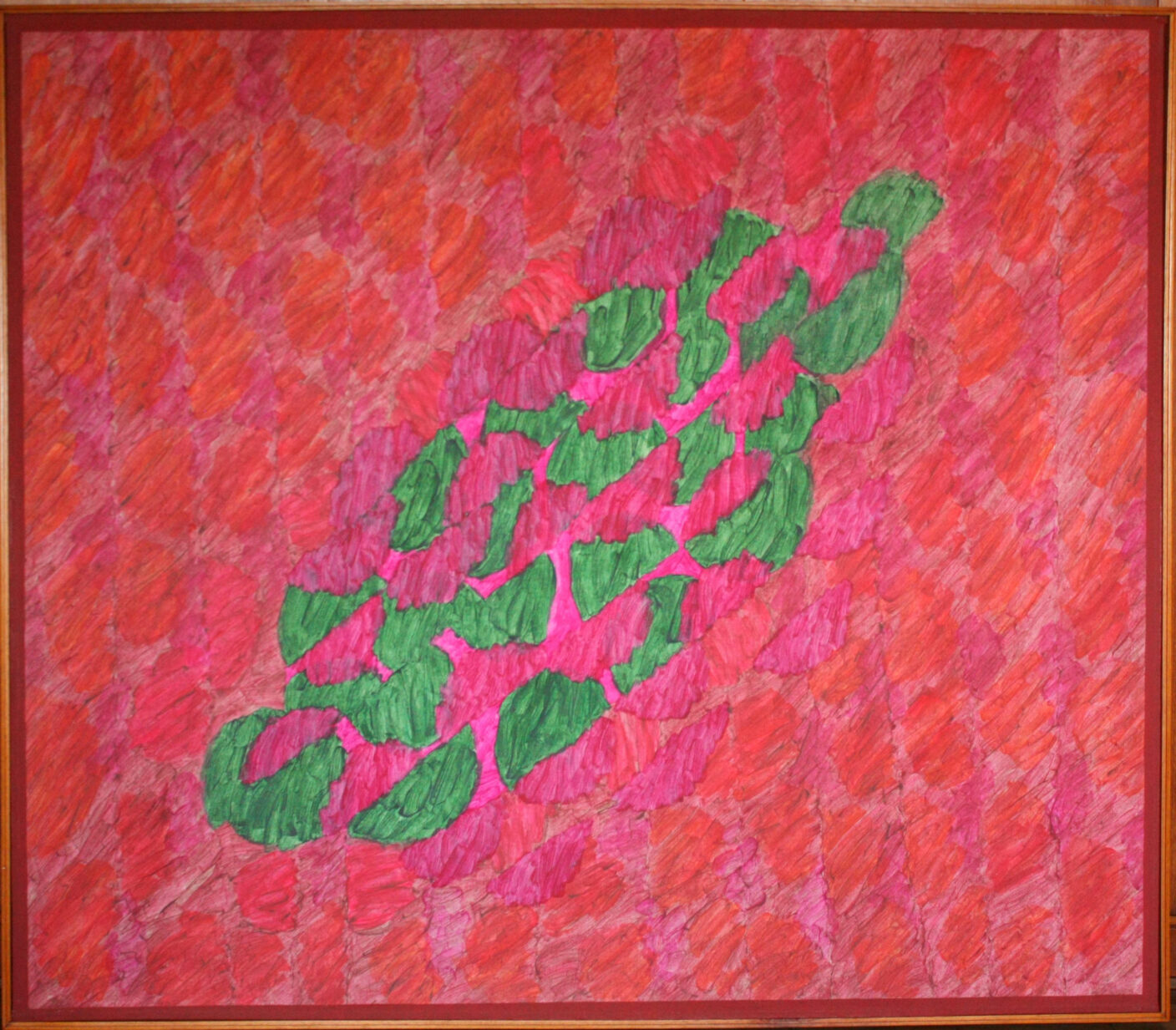
Corluz
1989
Tempera-oil on canvas
130 × 150 cm
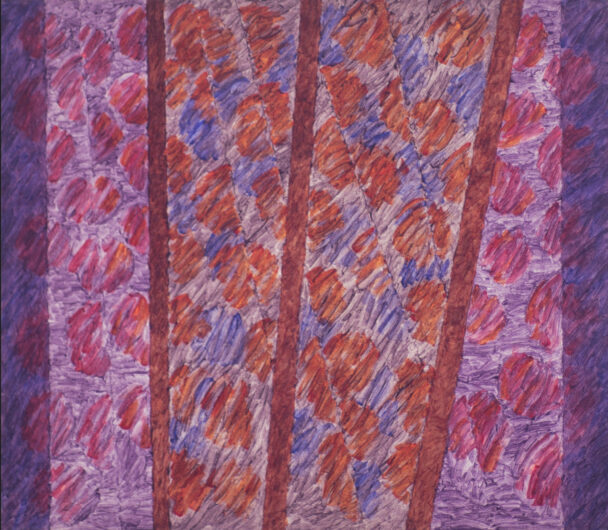

Corluz
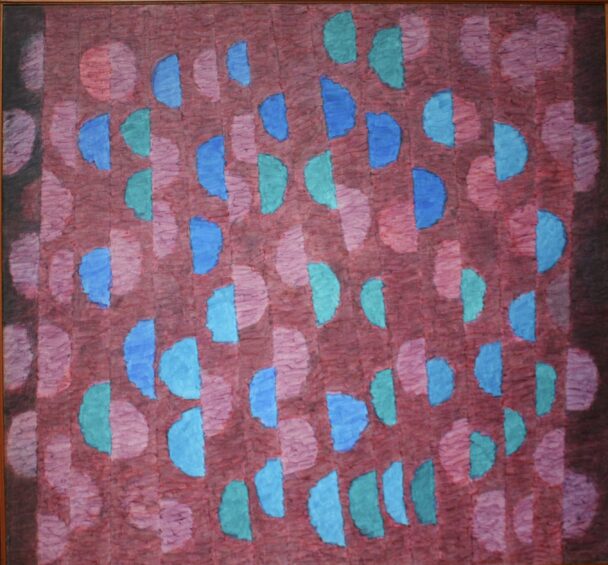

Corluz
c. 1980
Tempera-oil on canvas
130 × 150 cm


 Português
Português